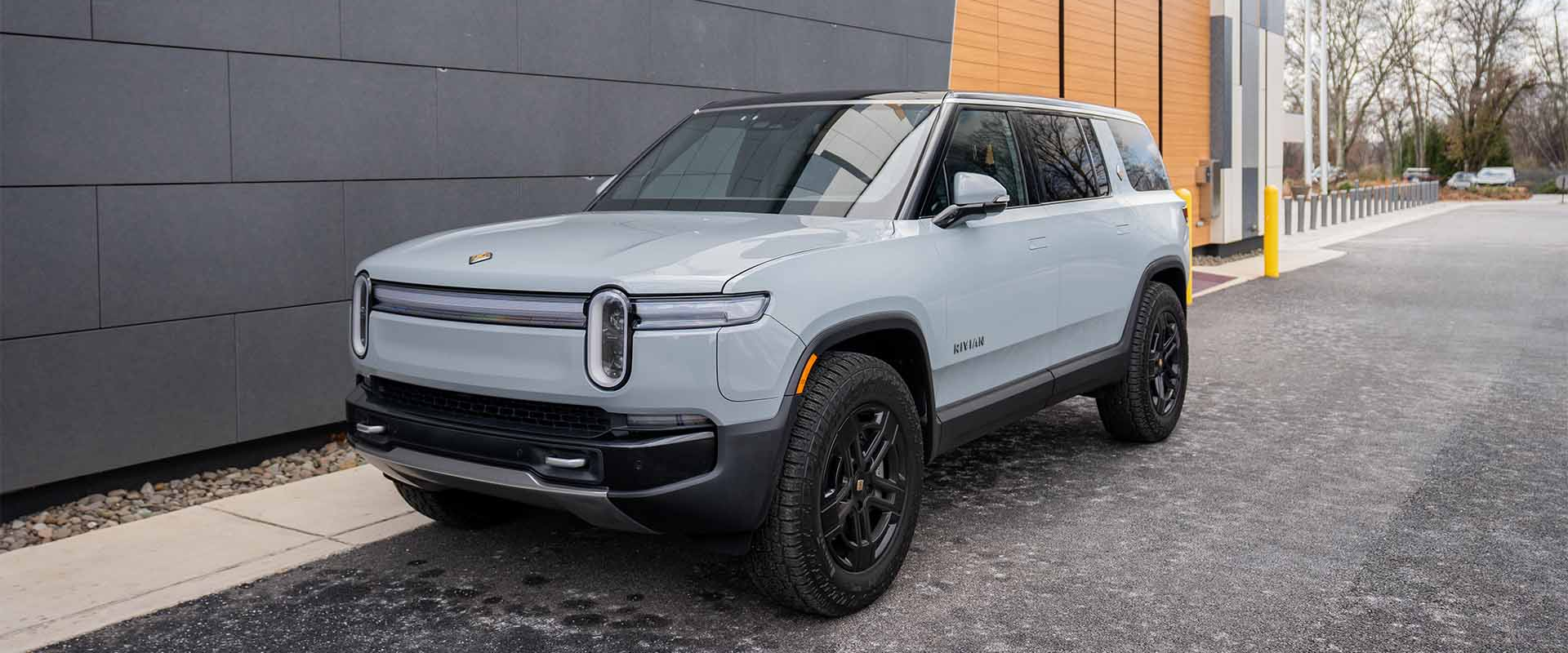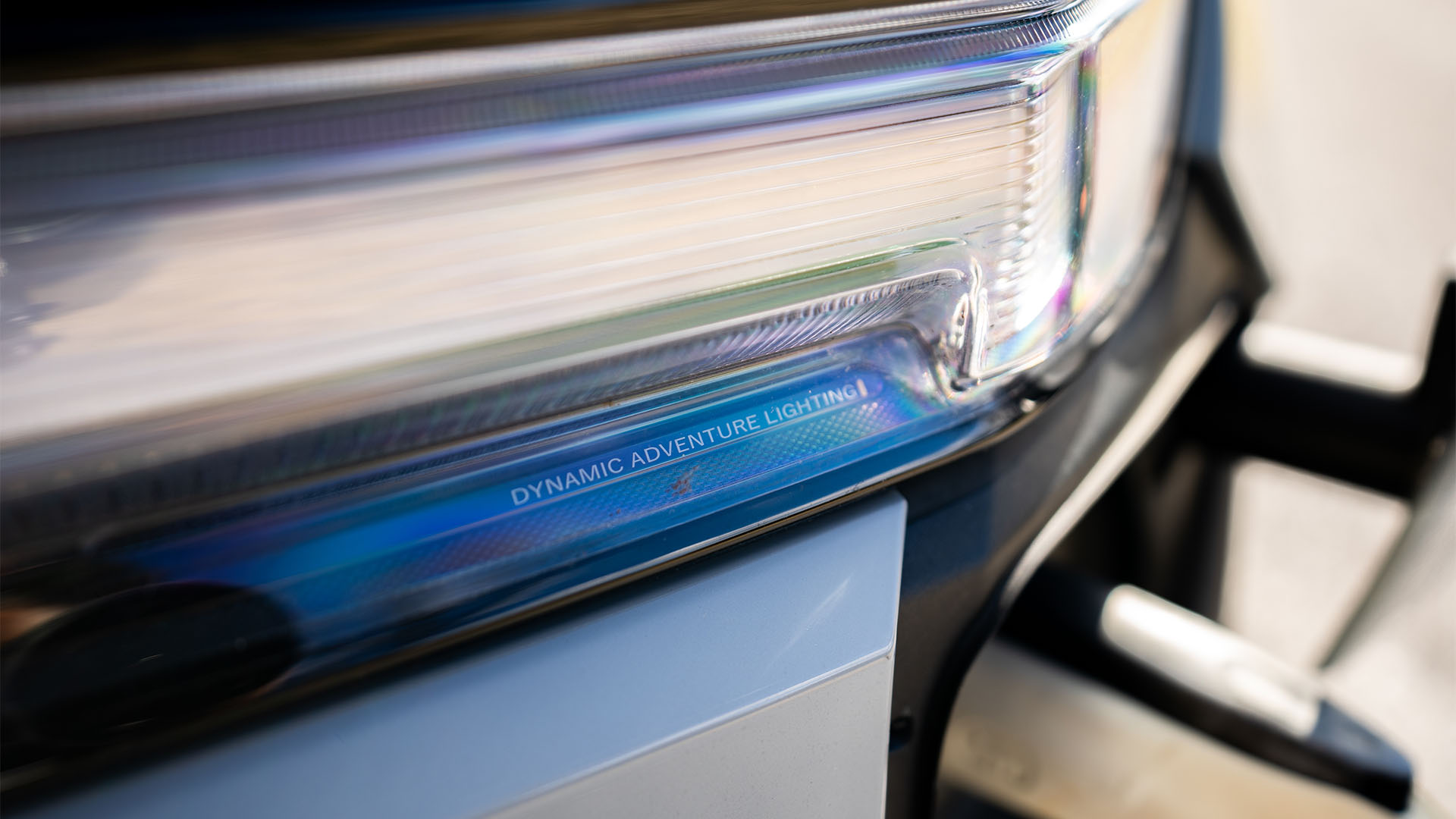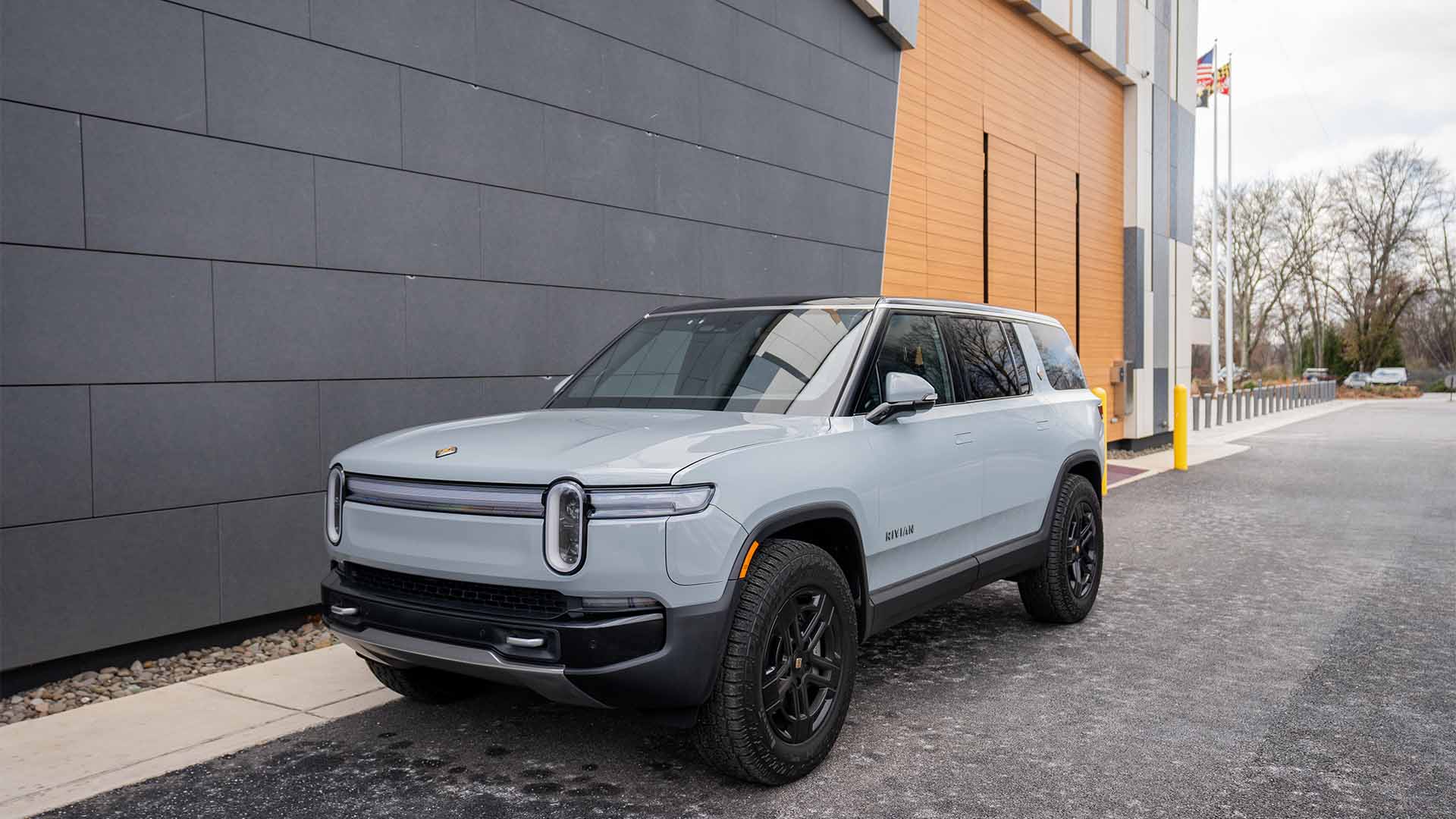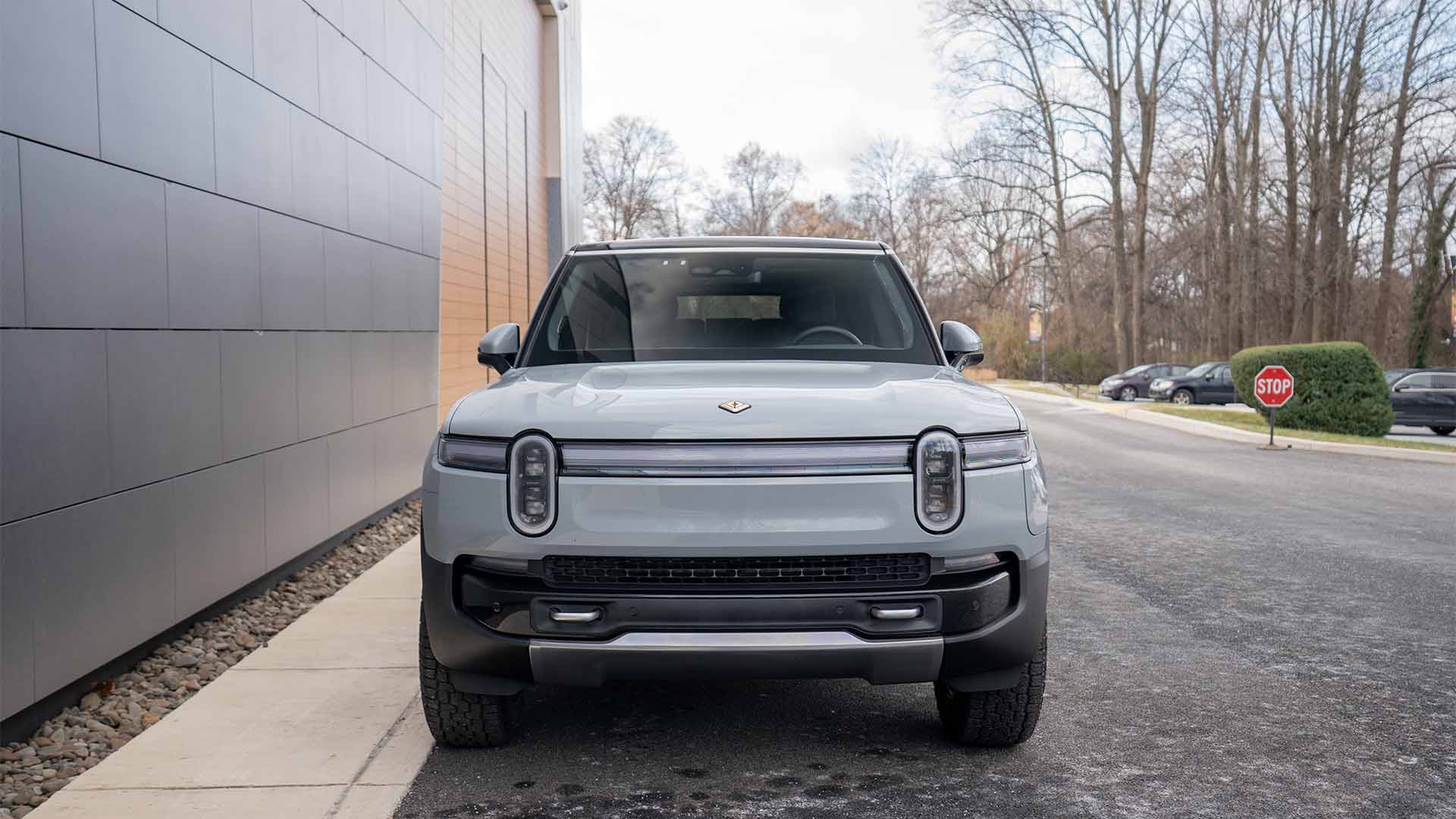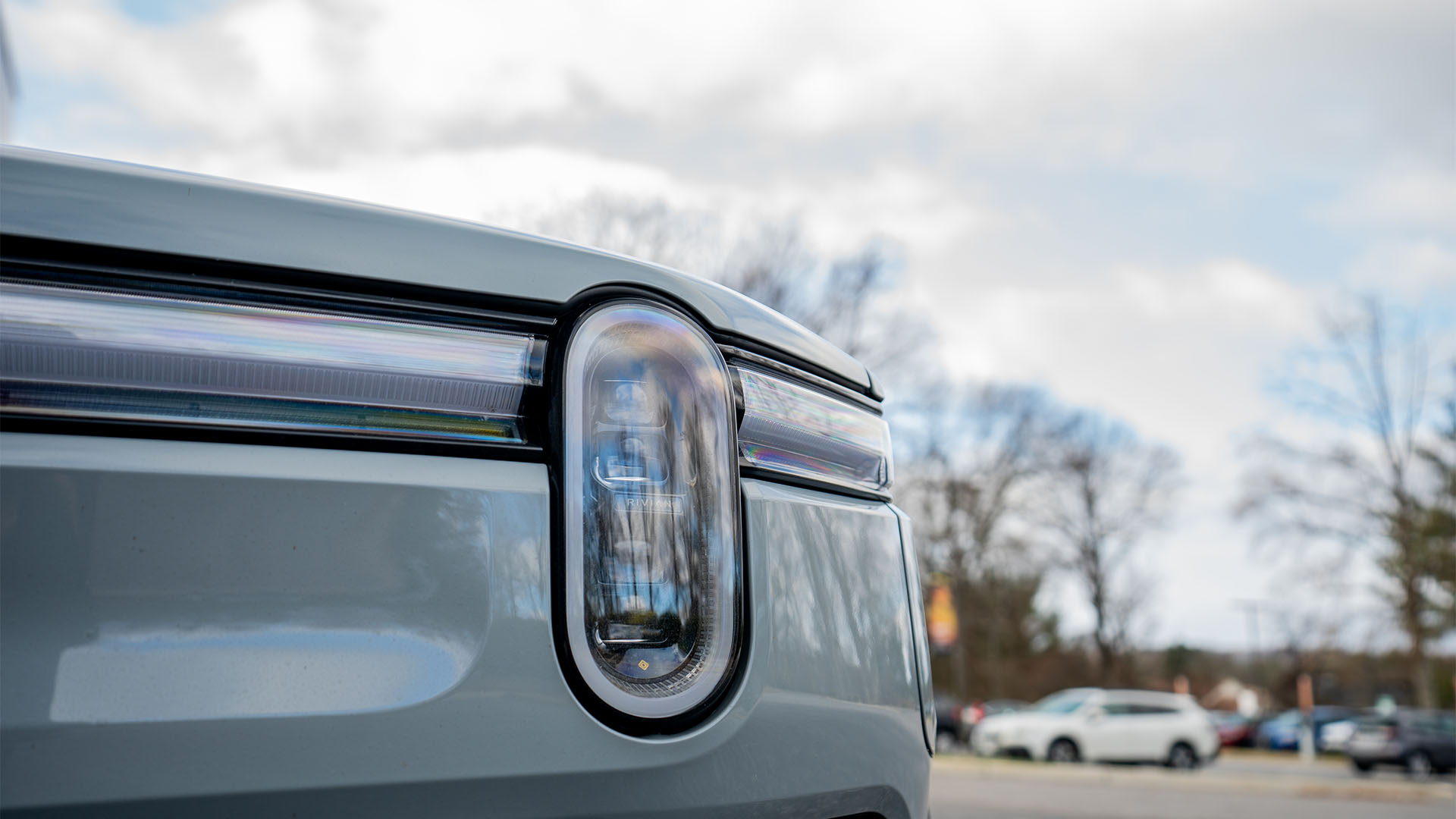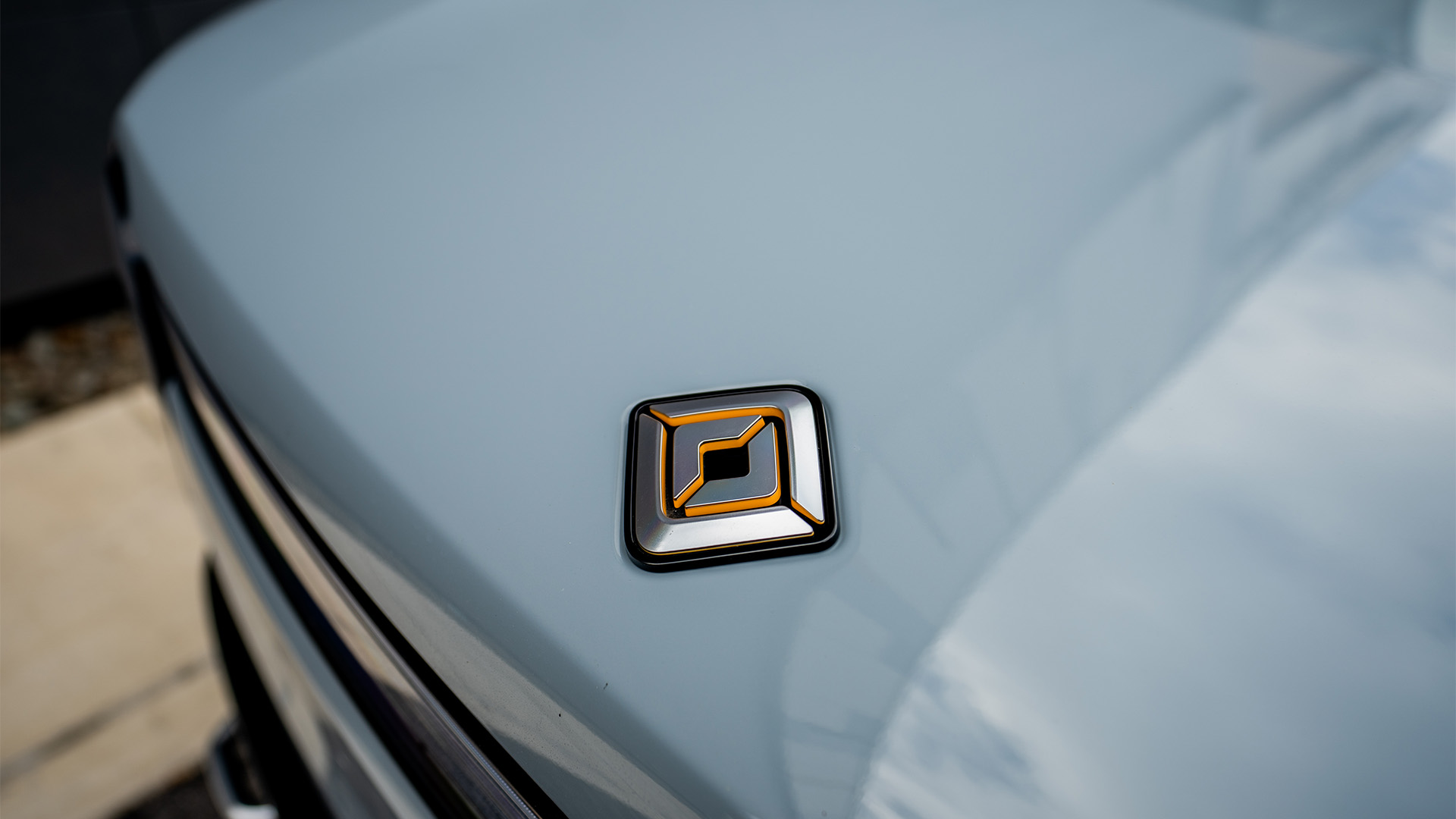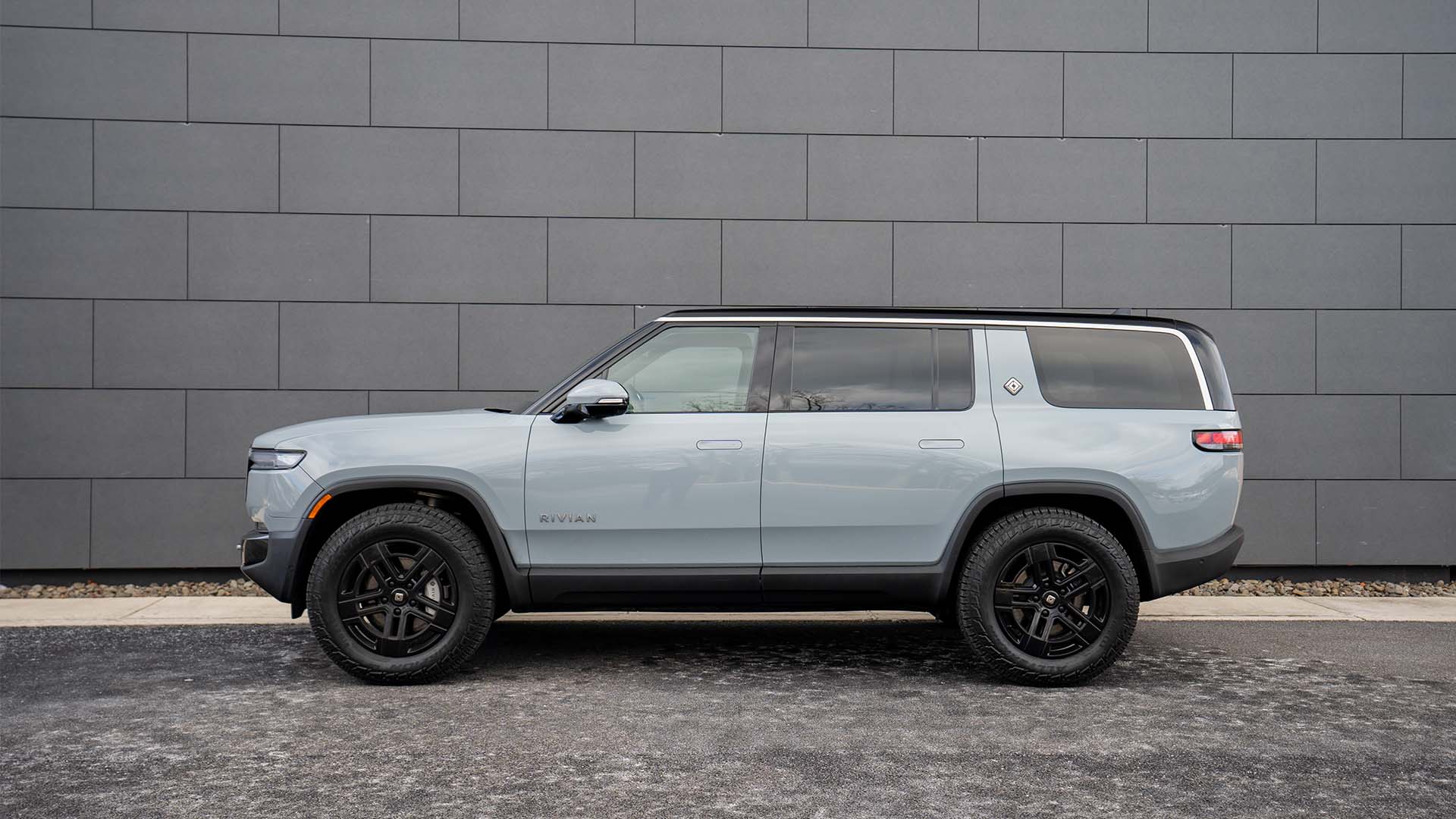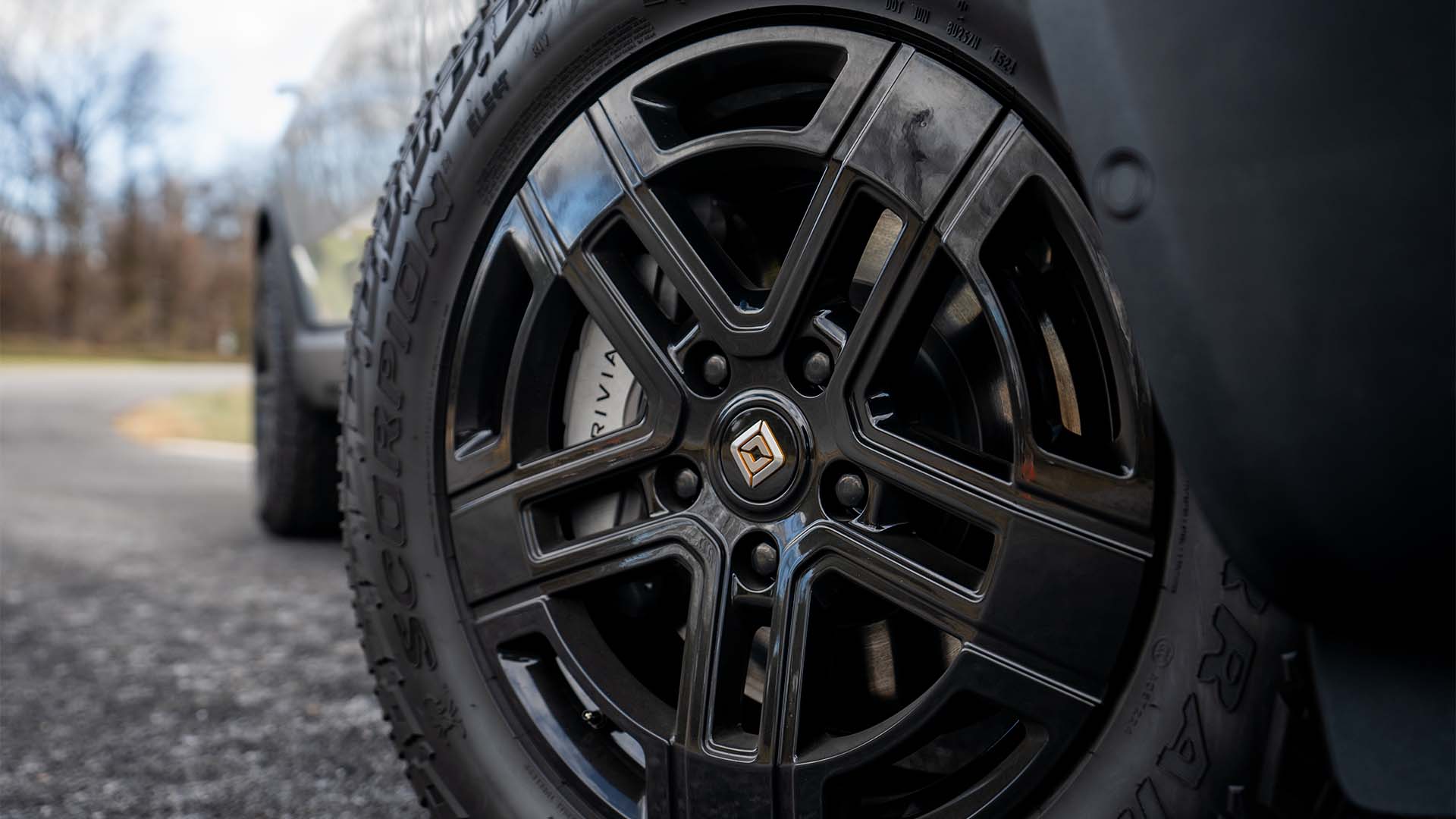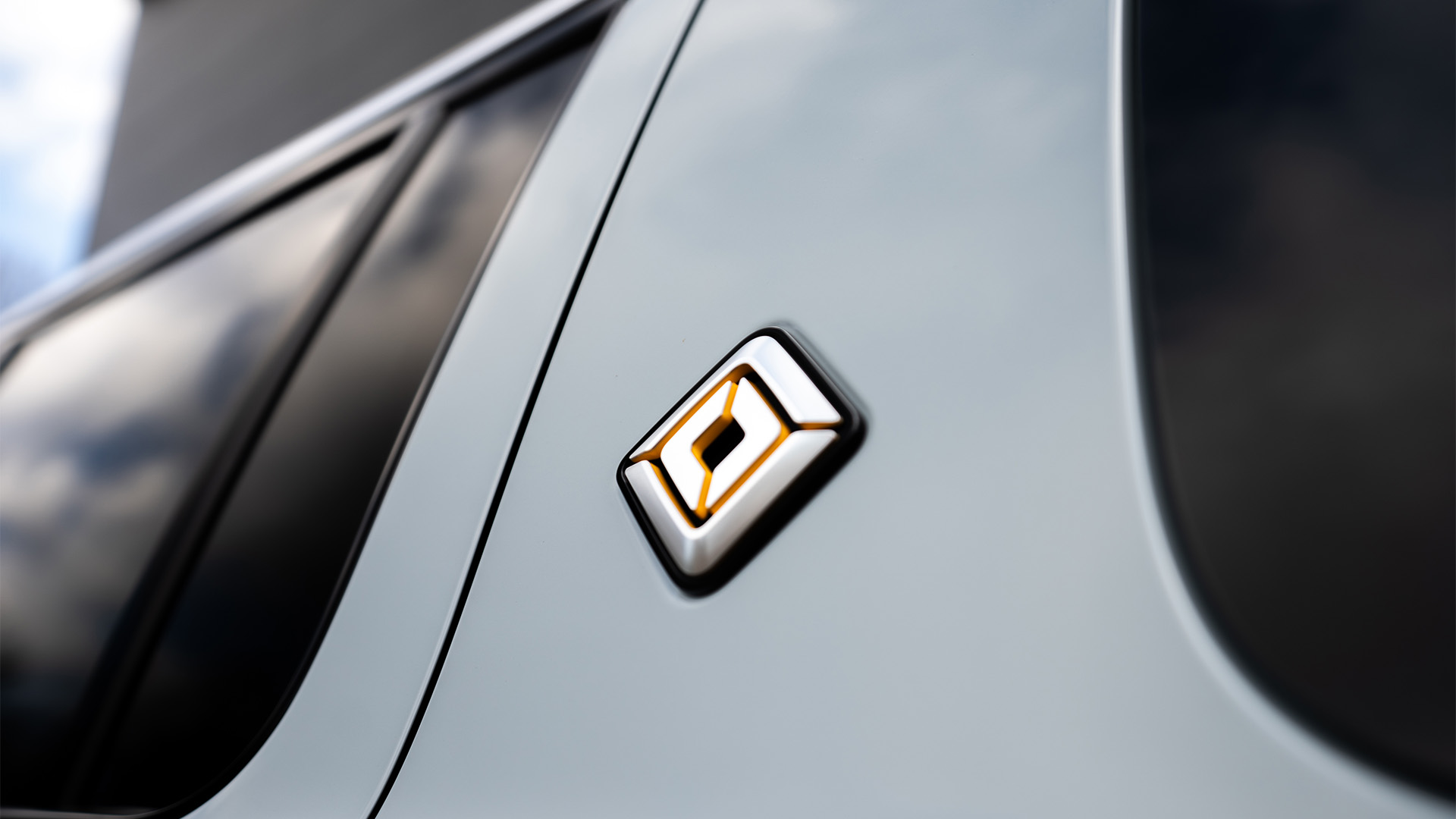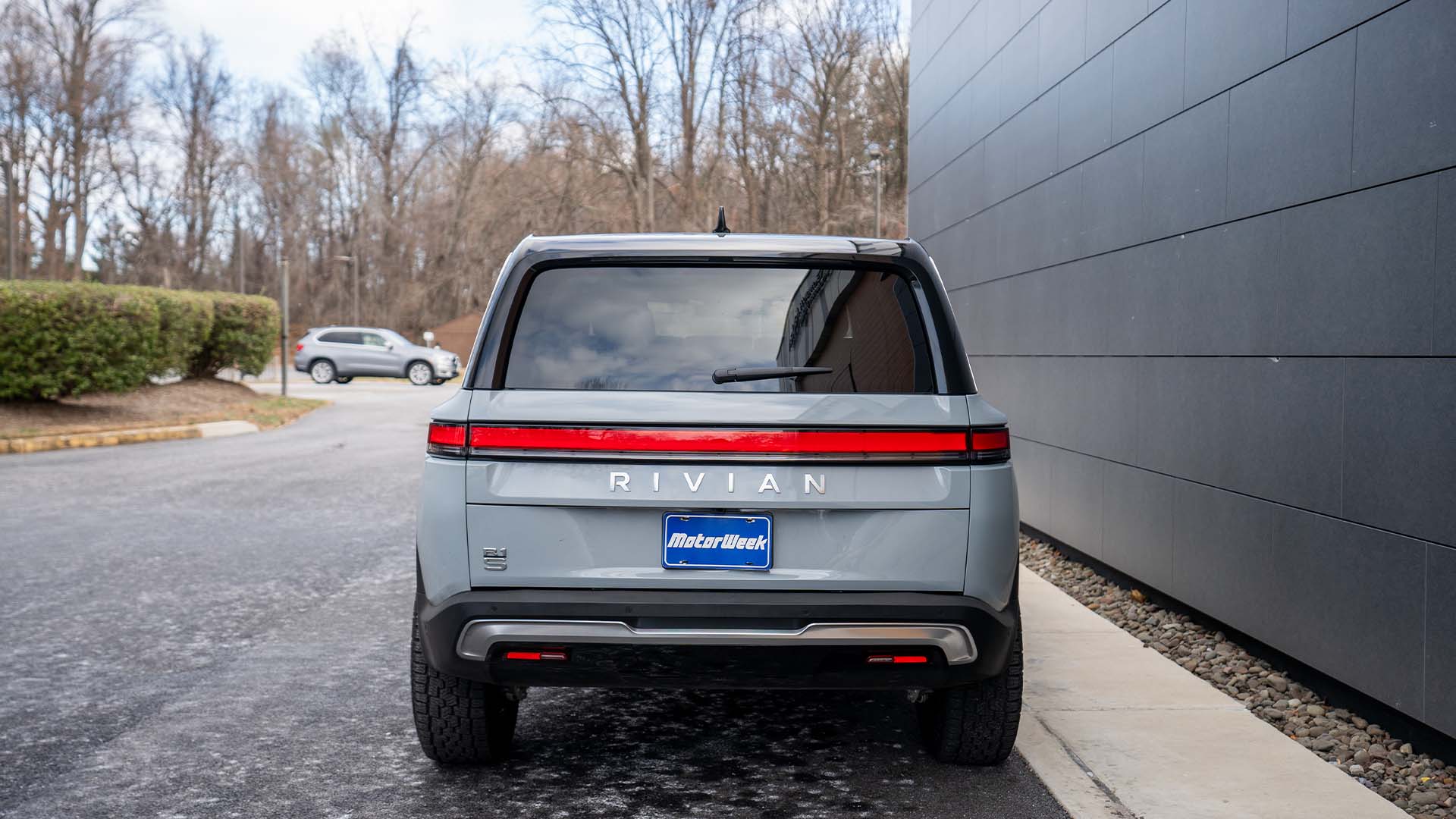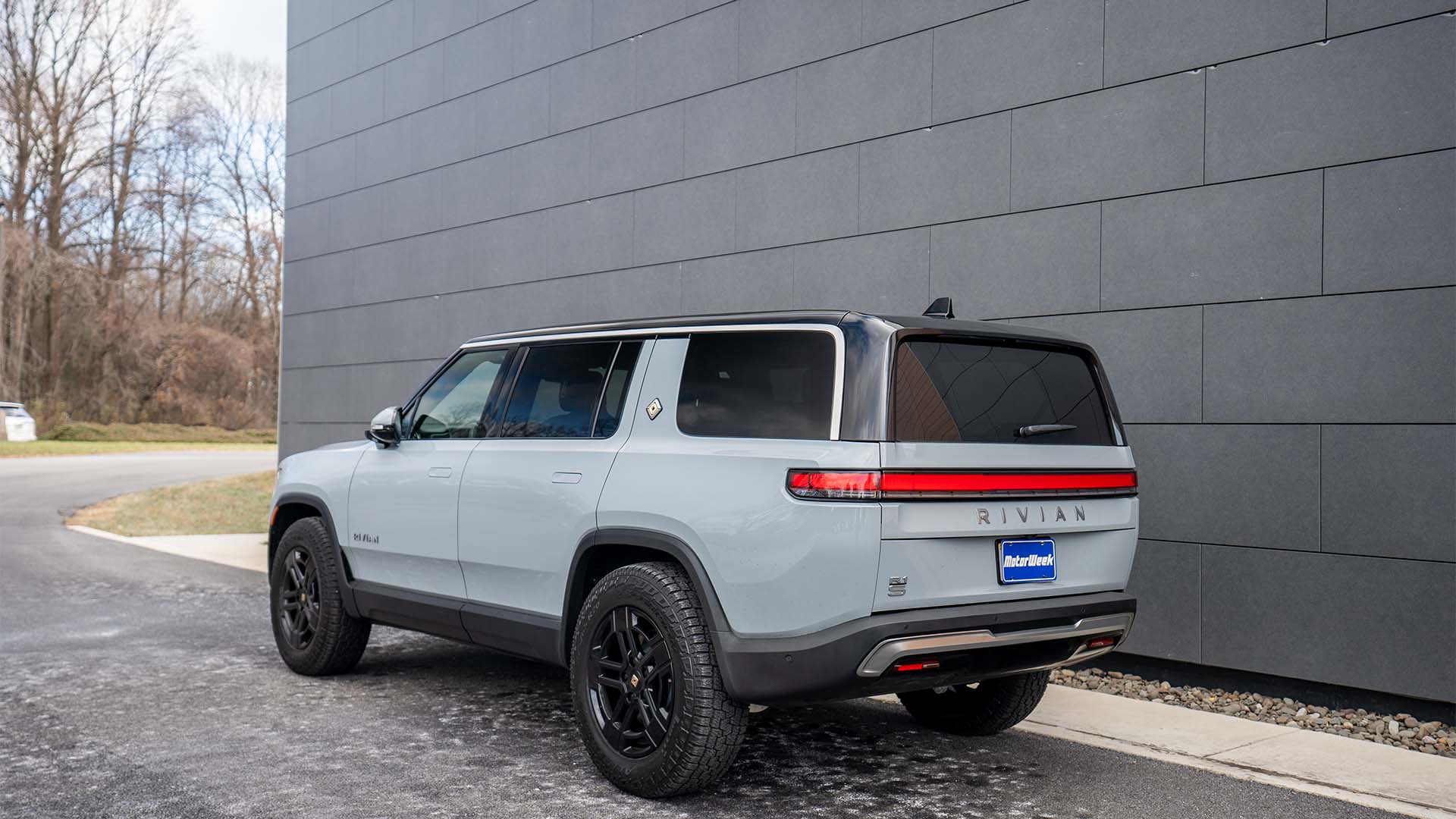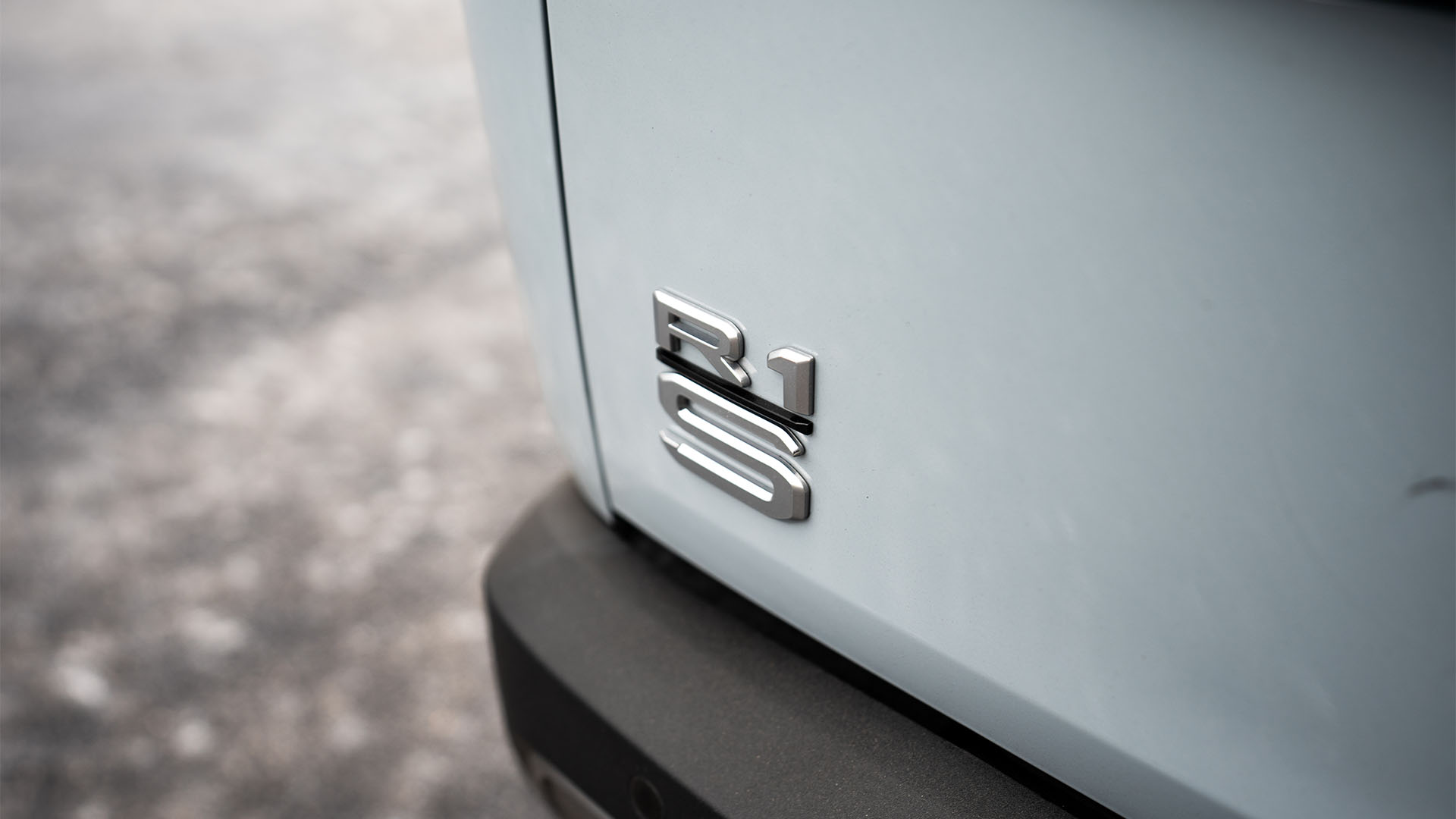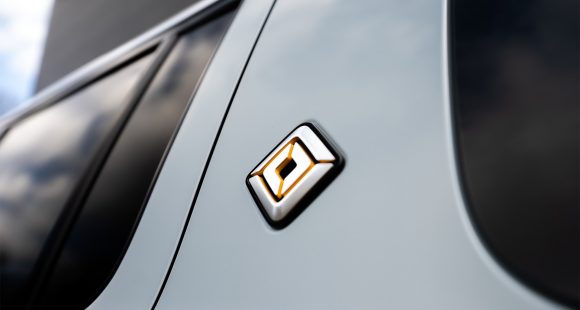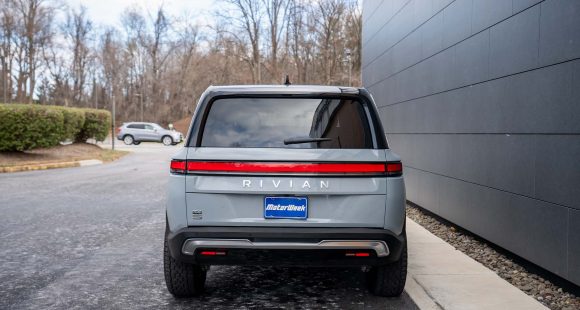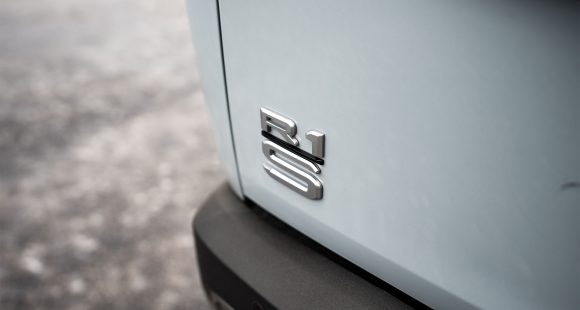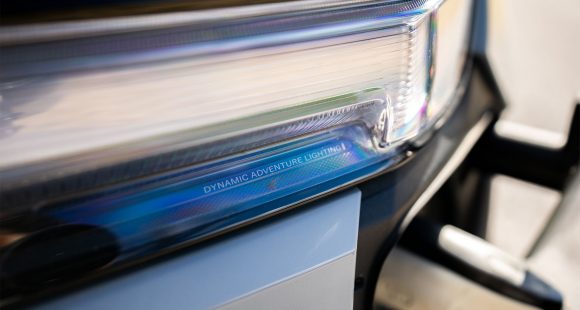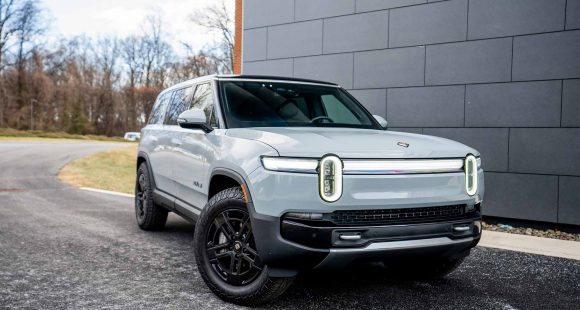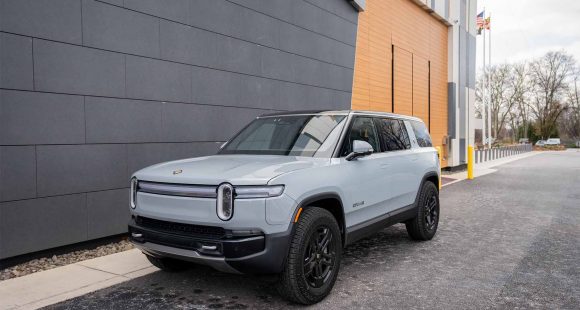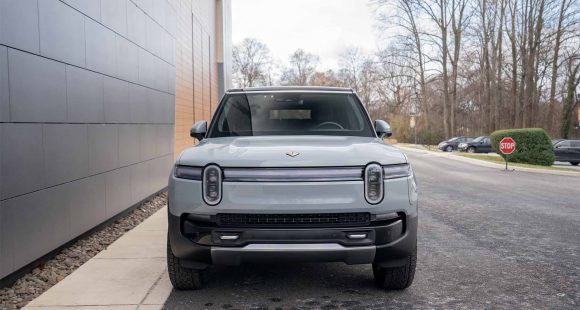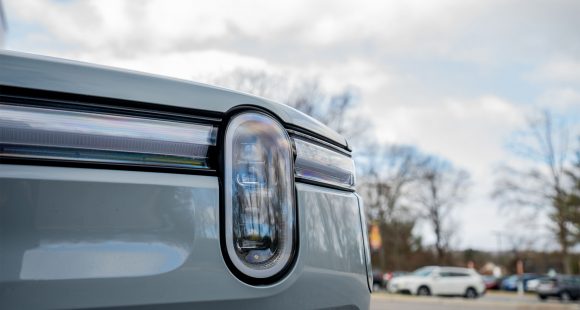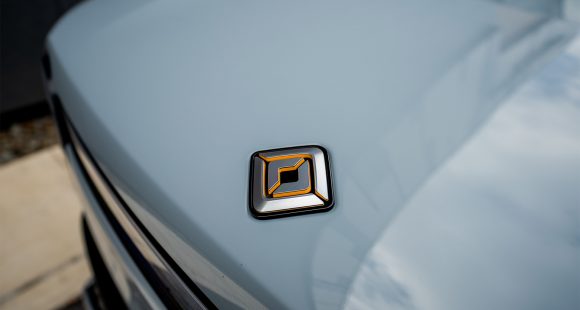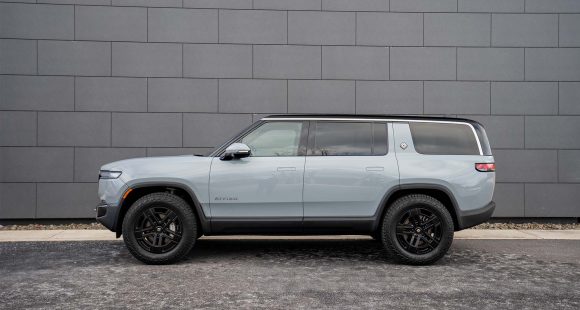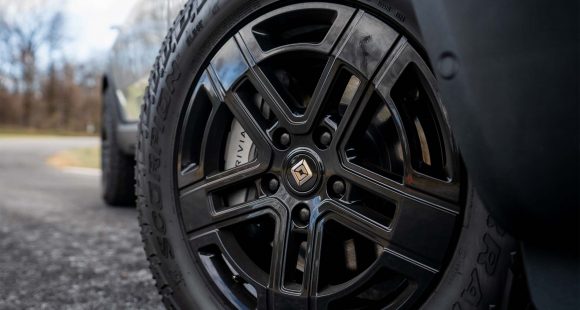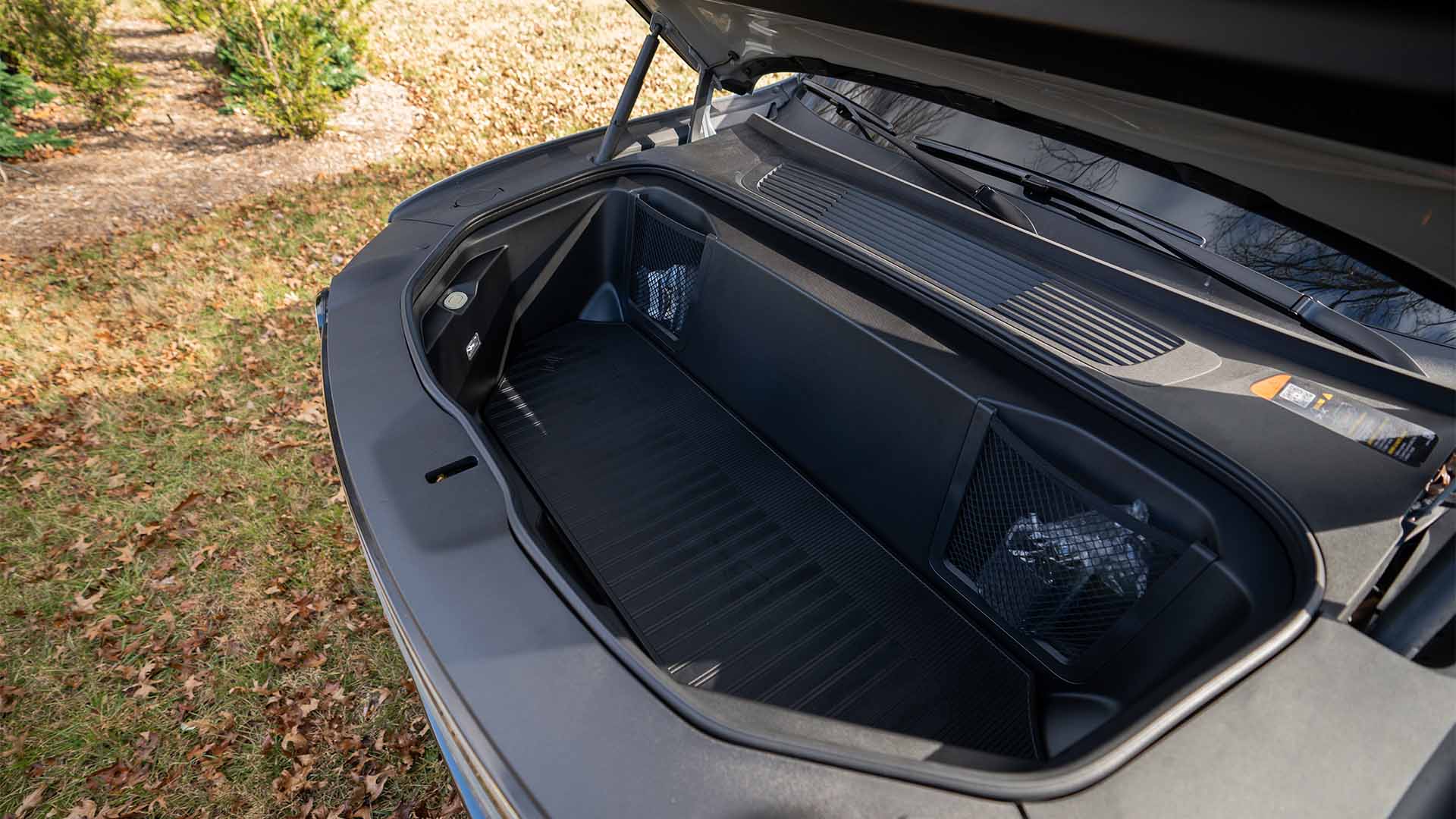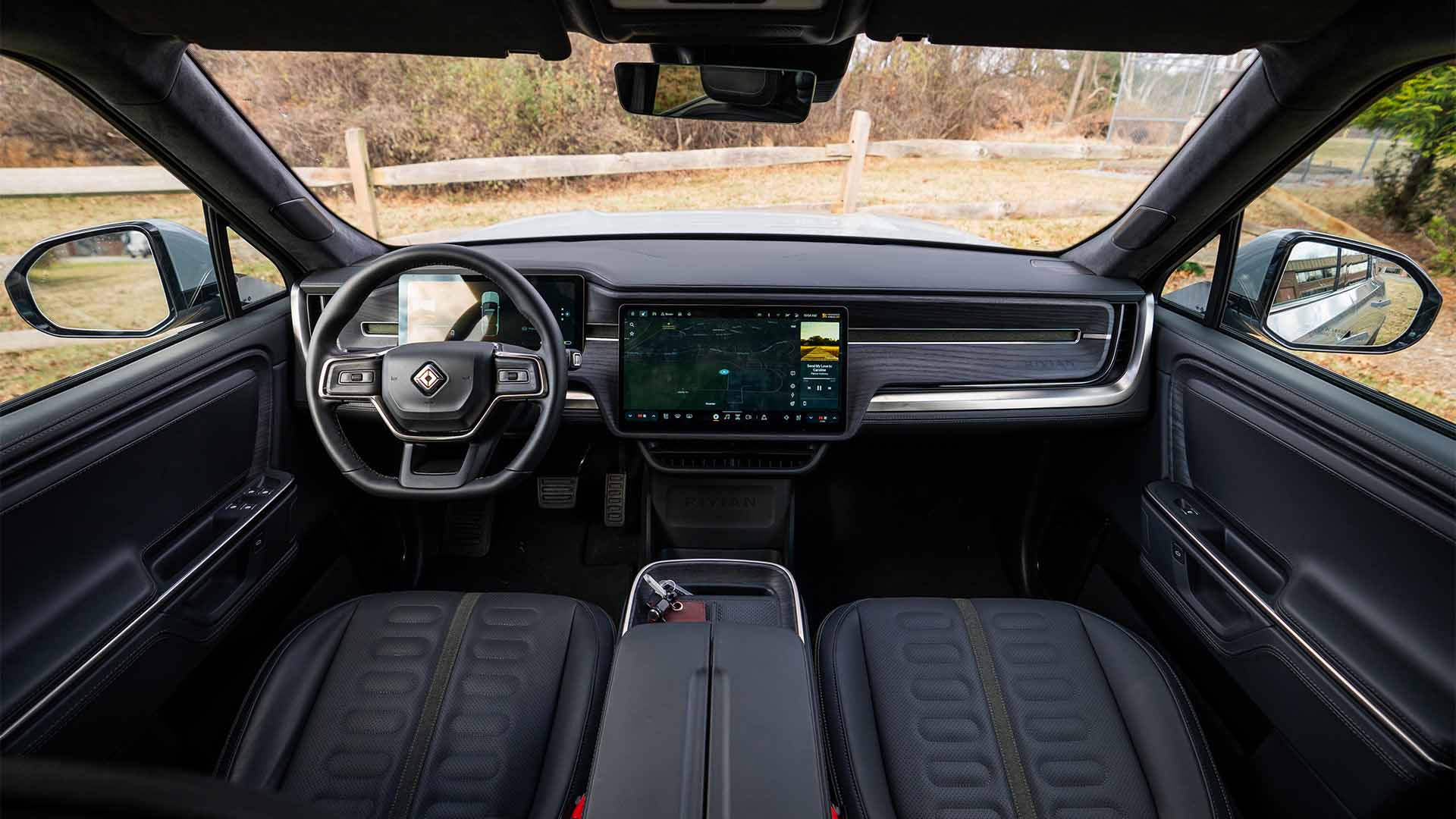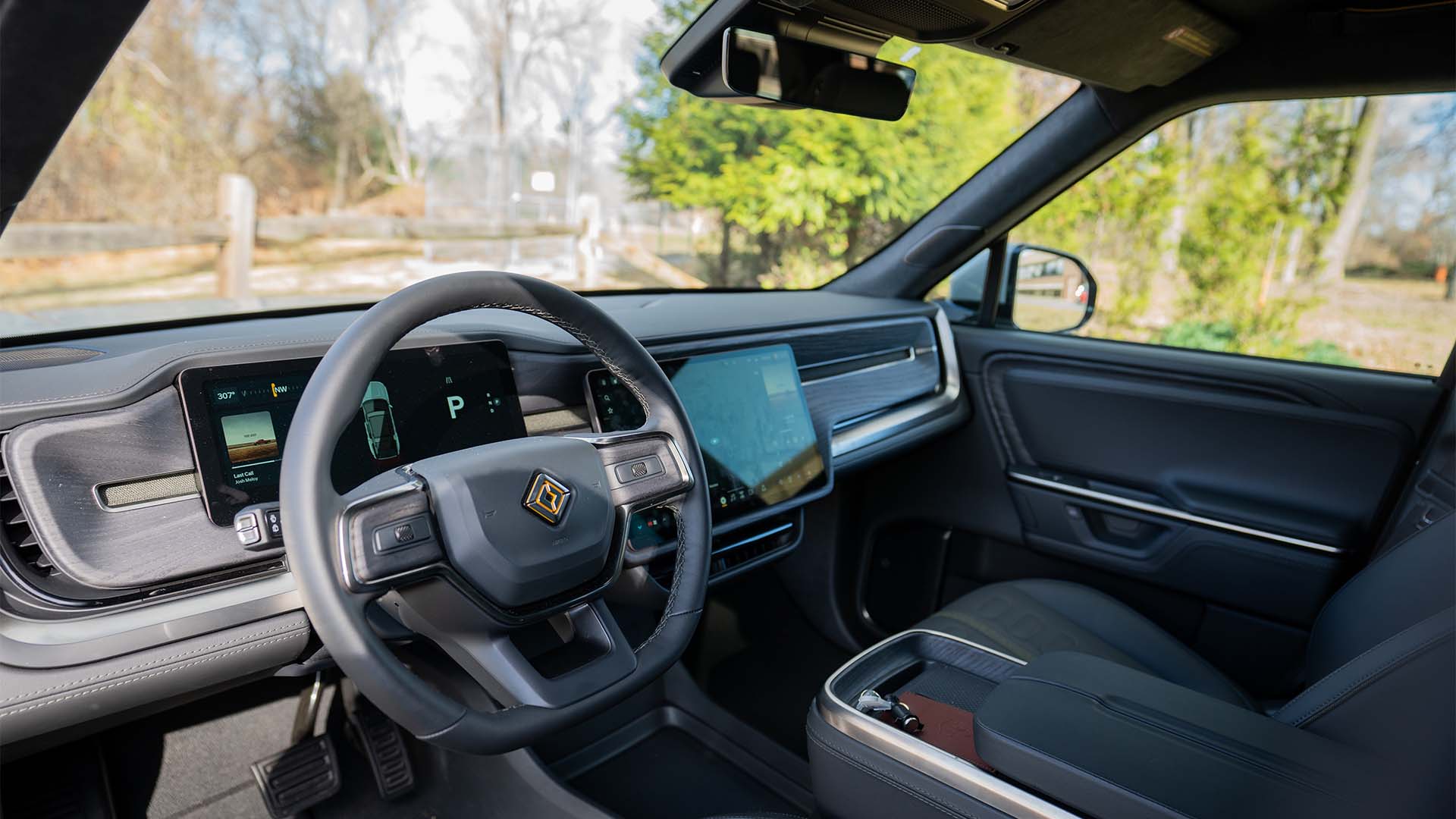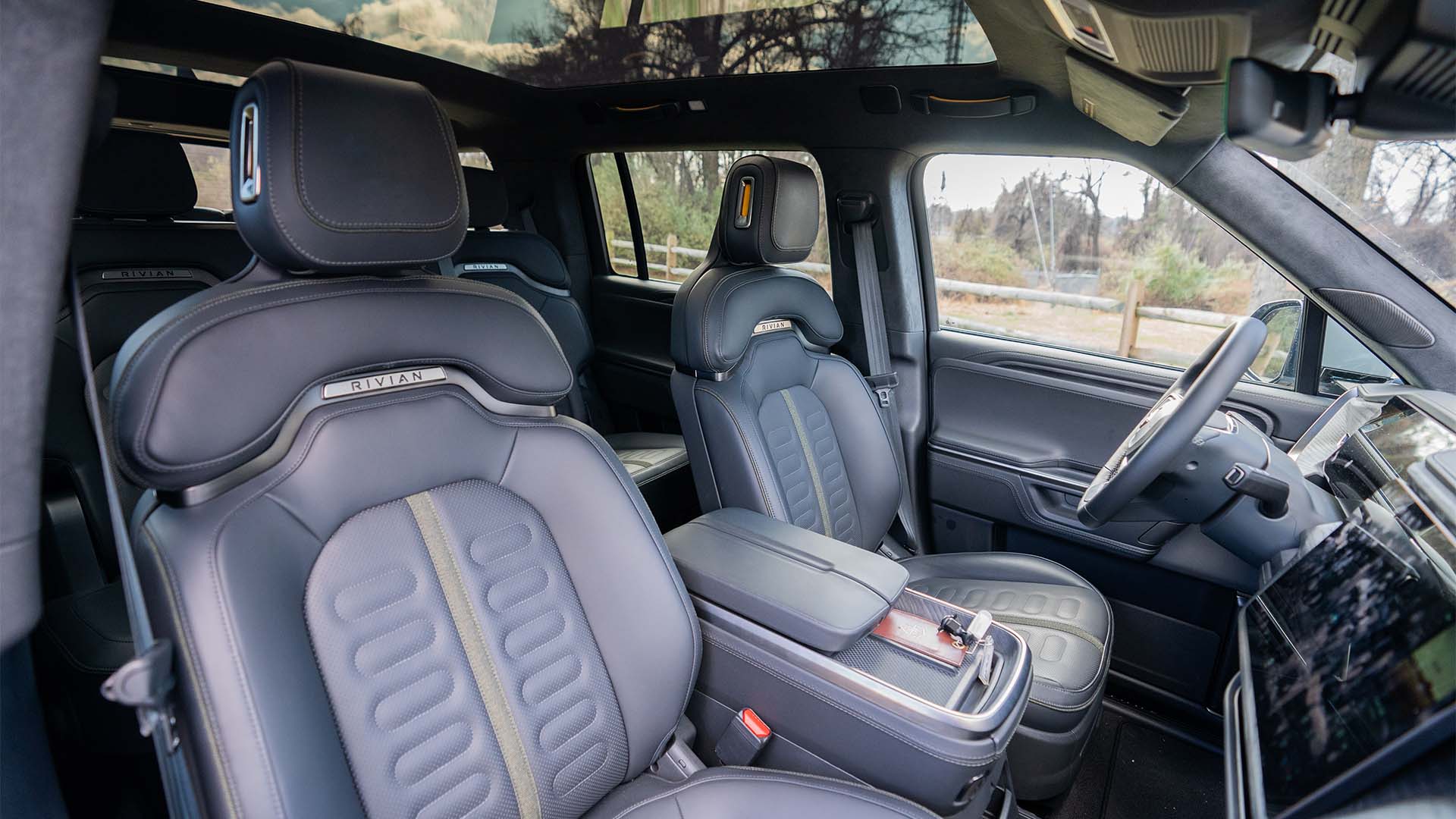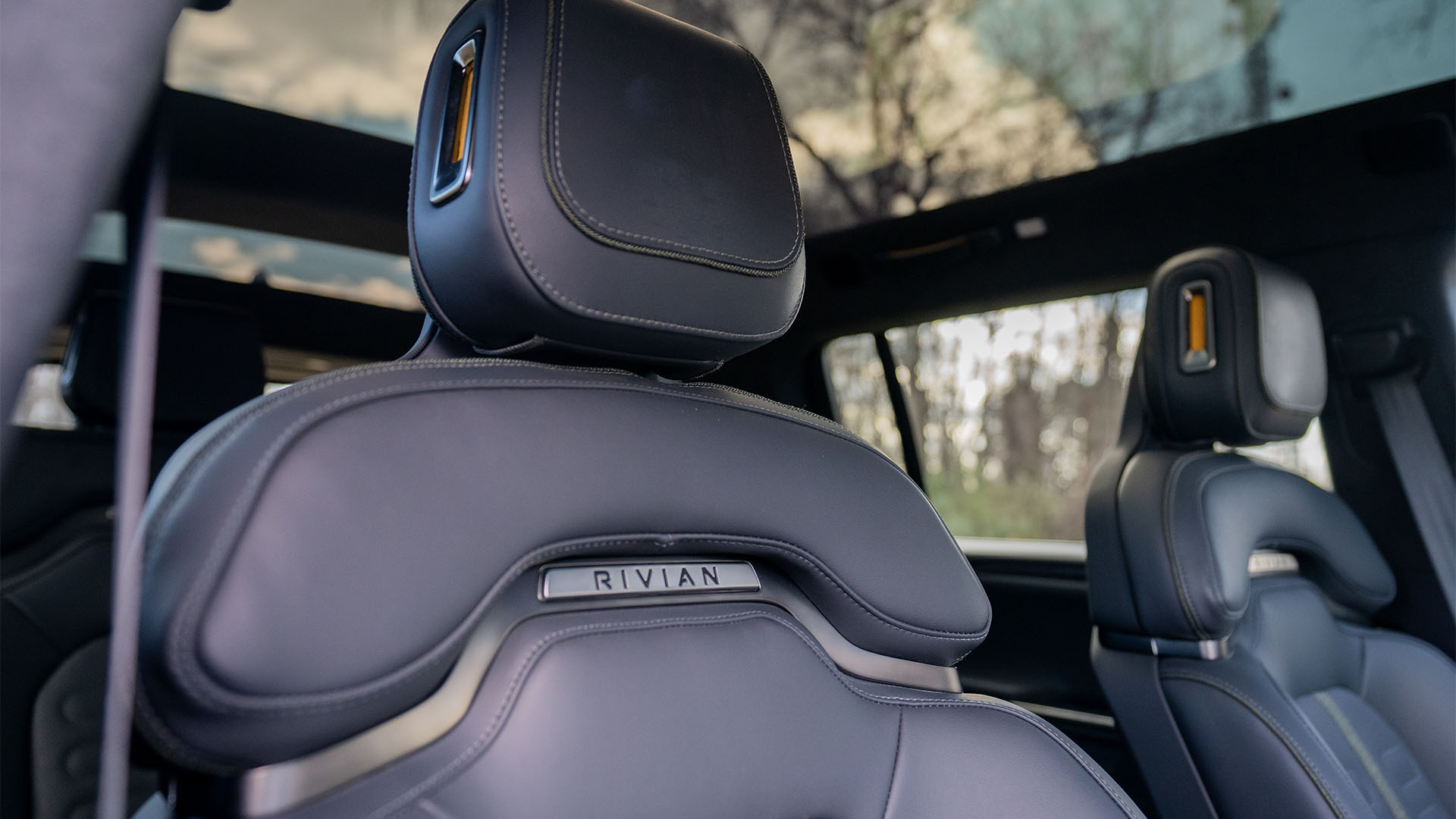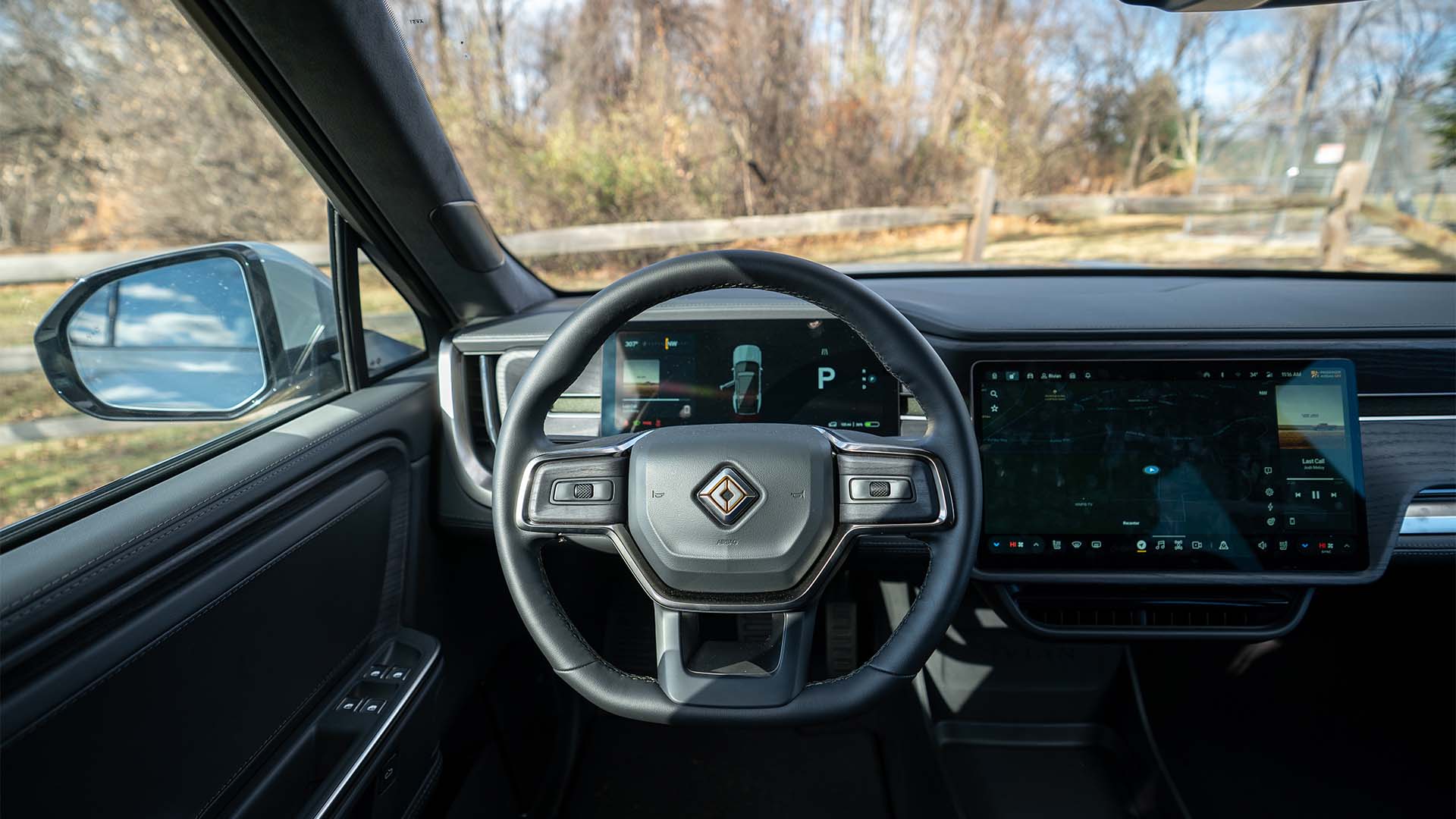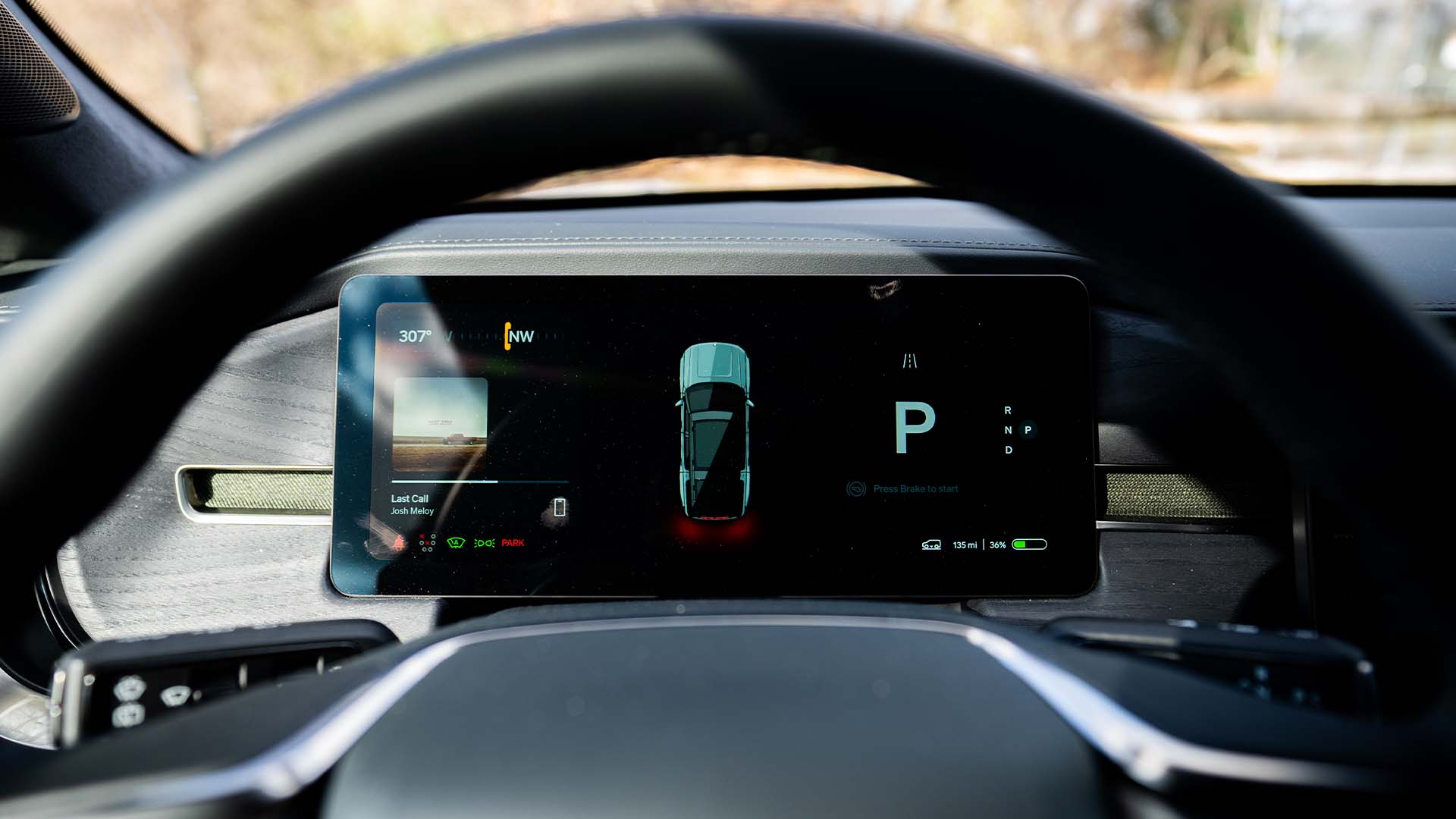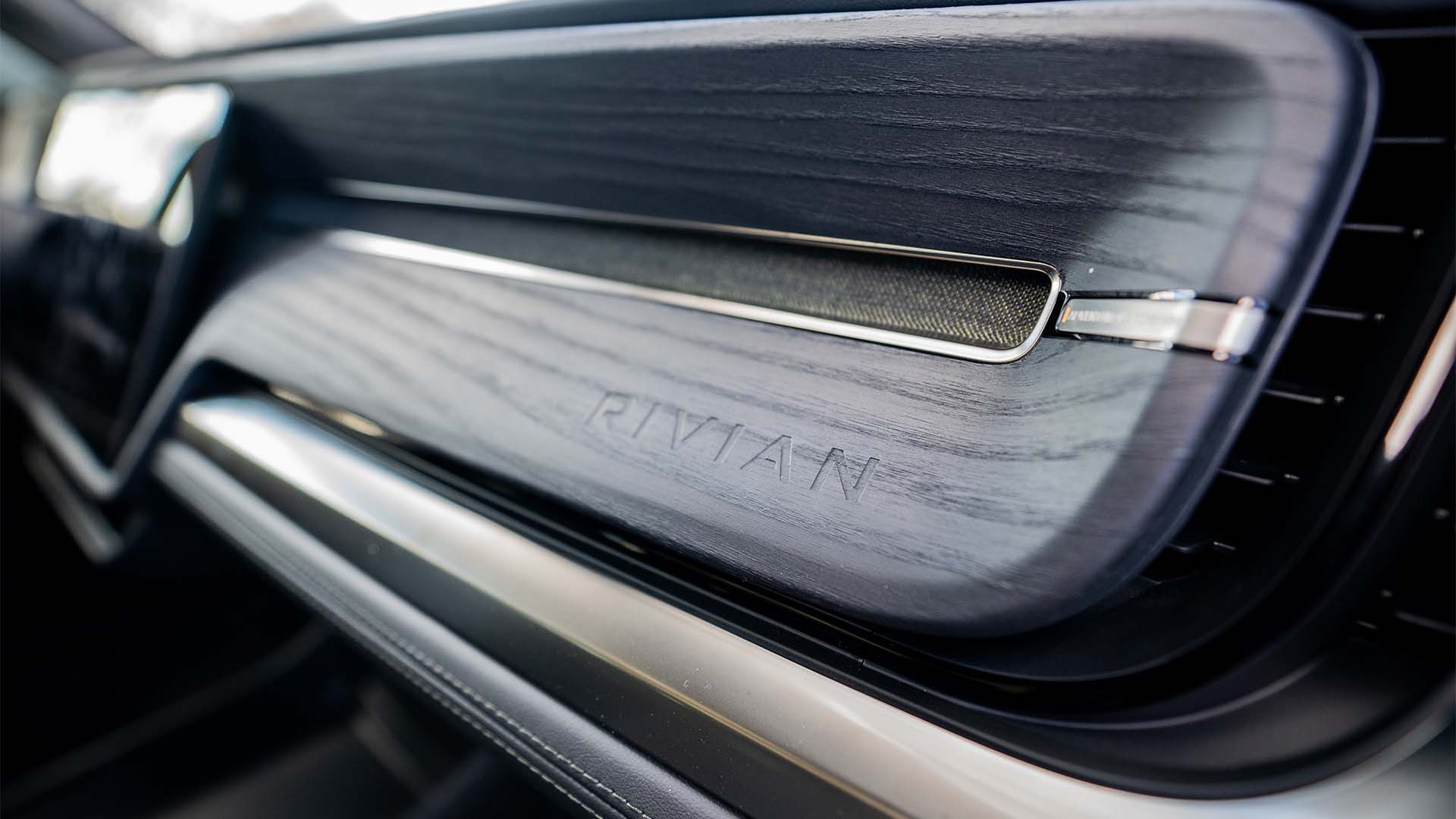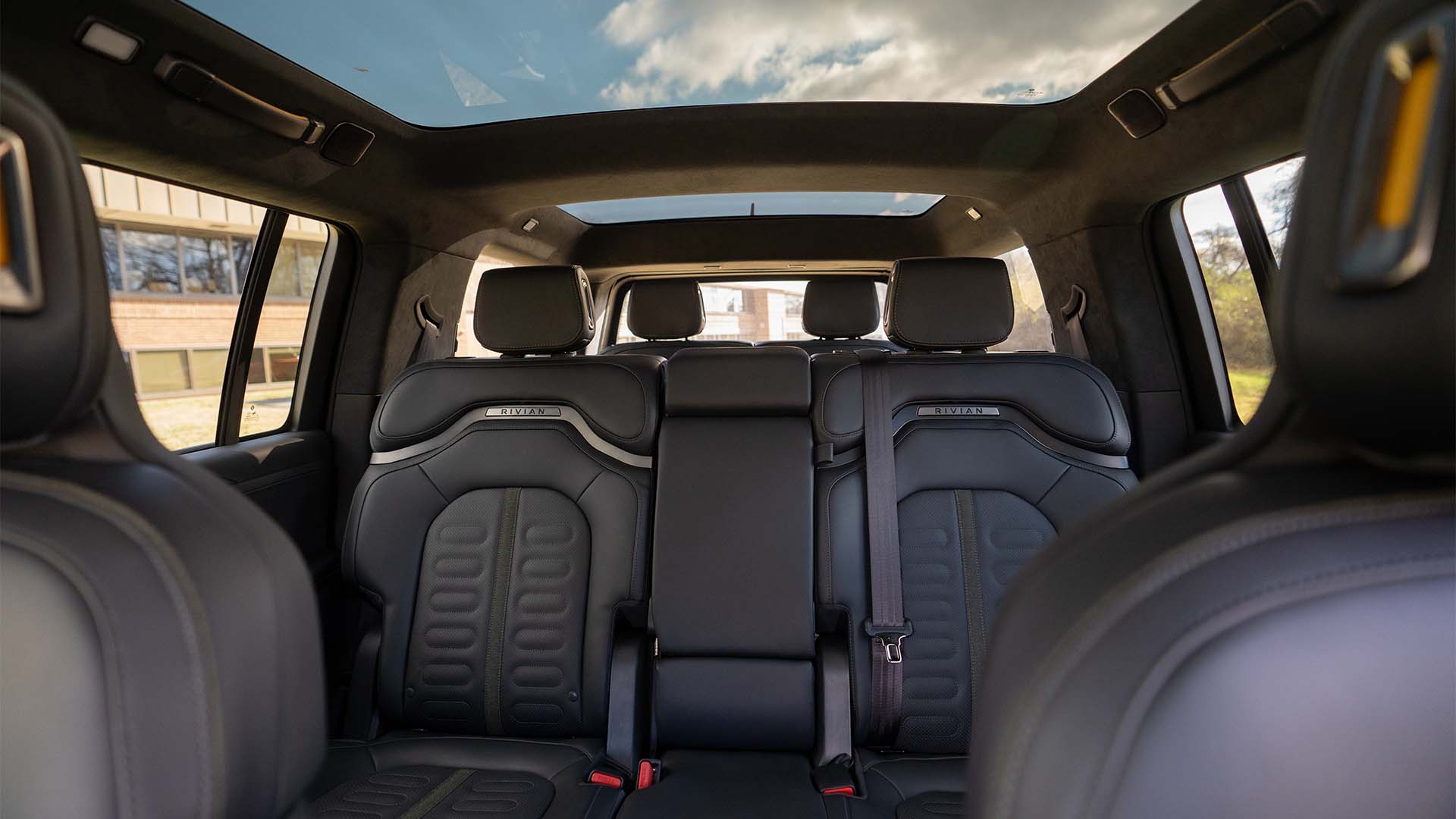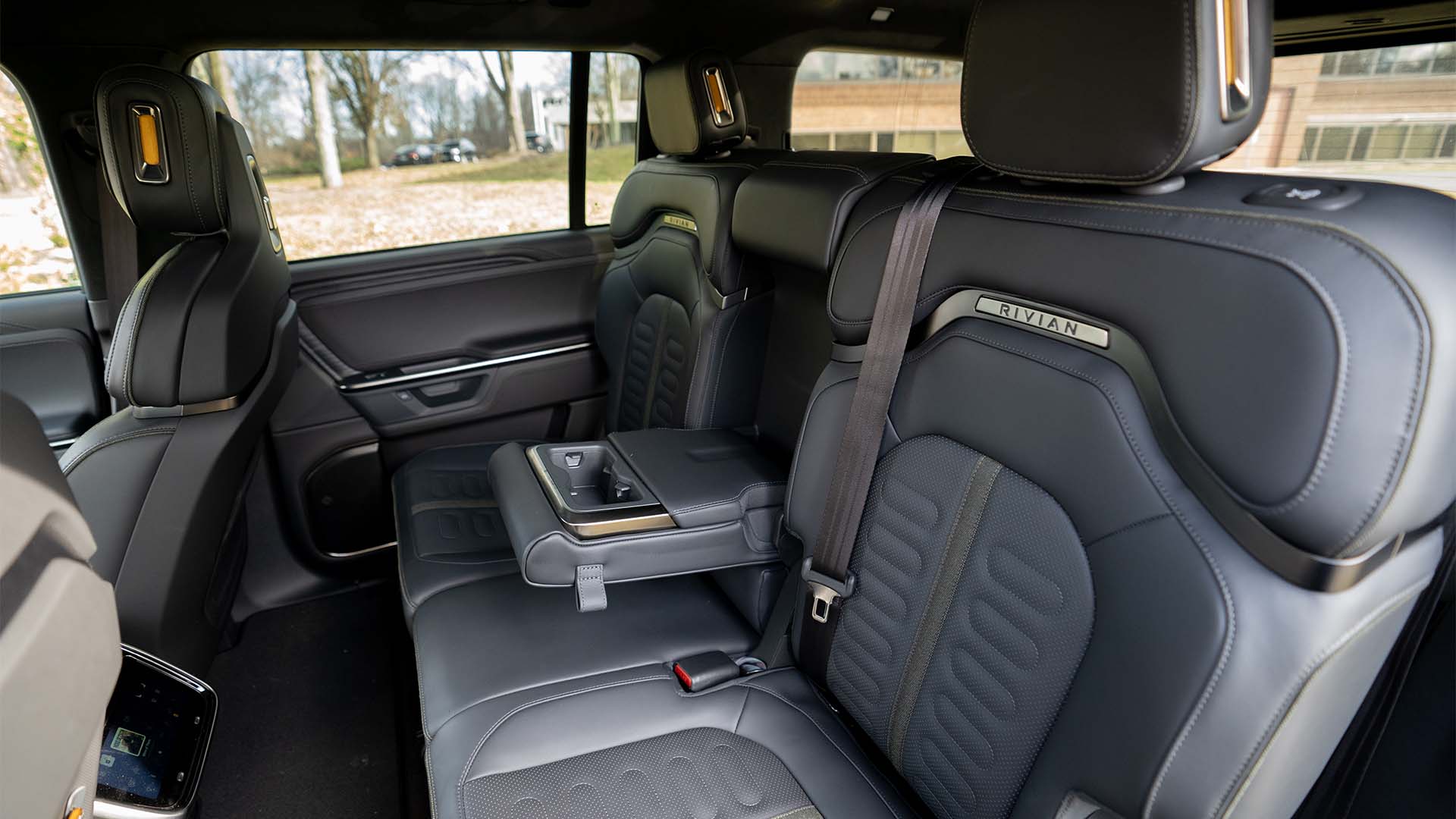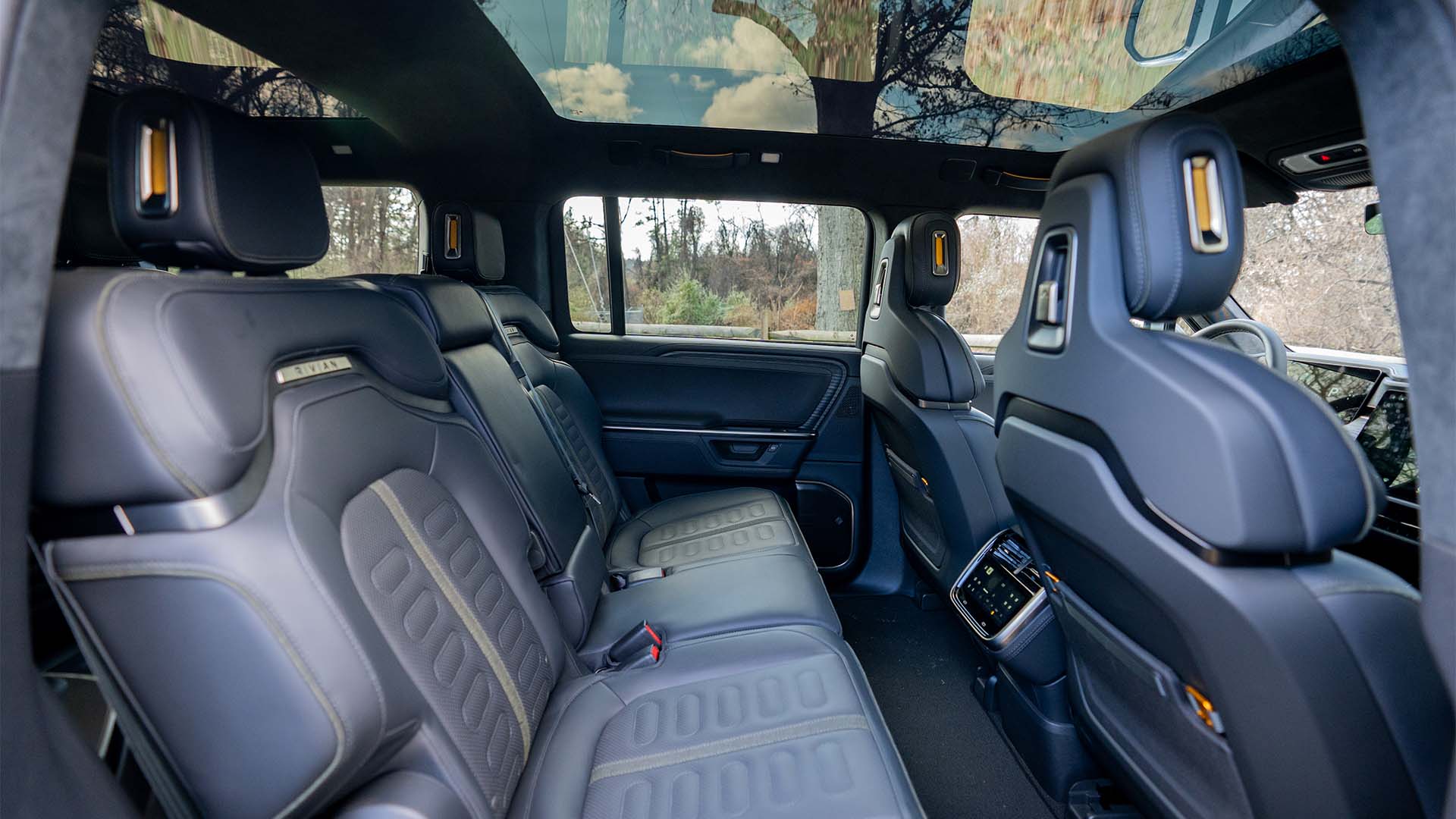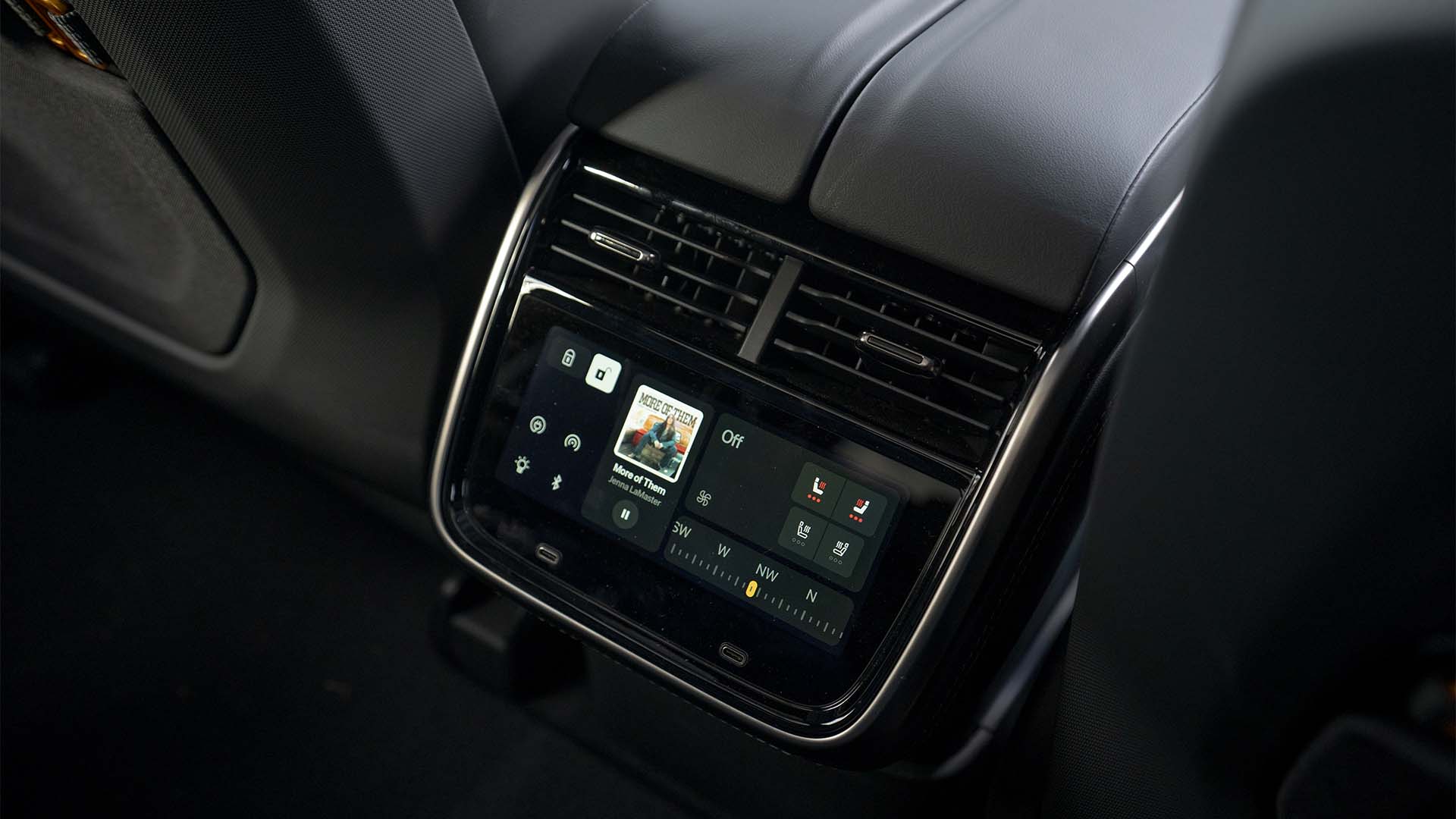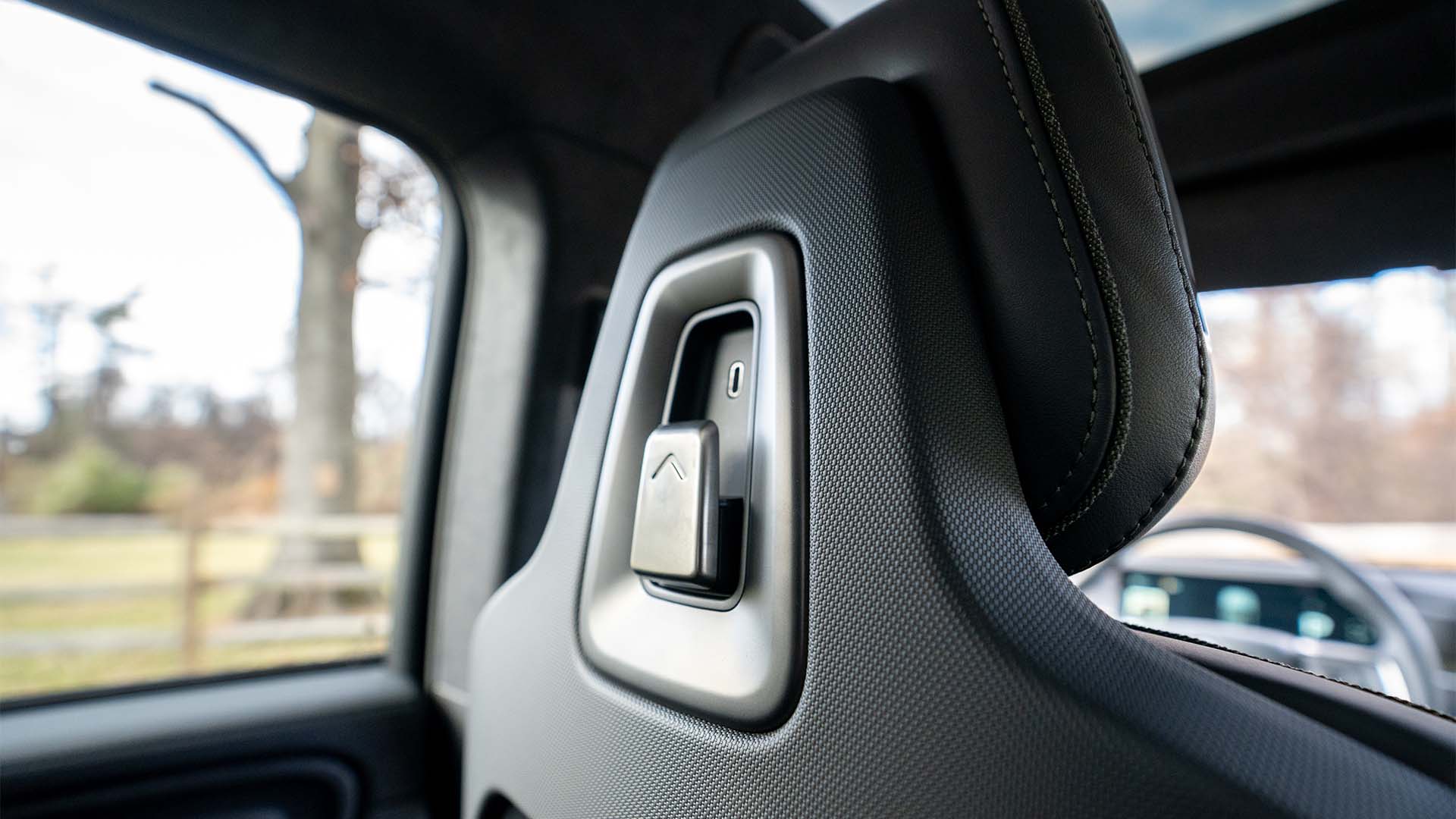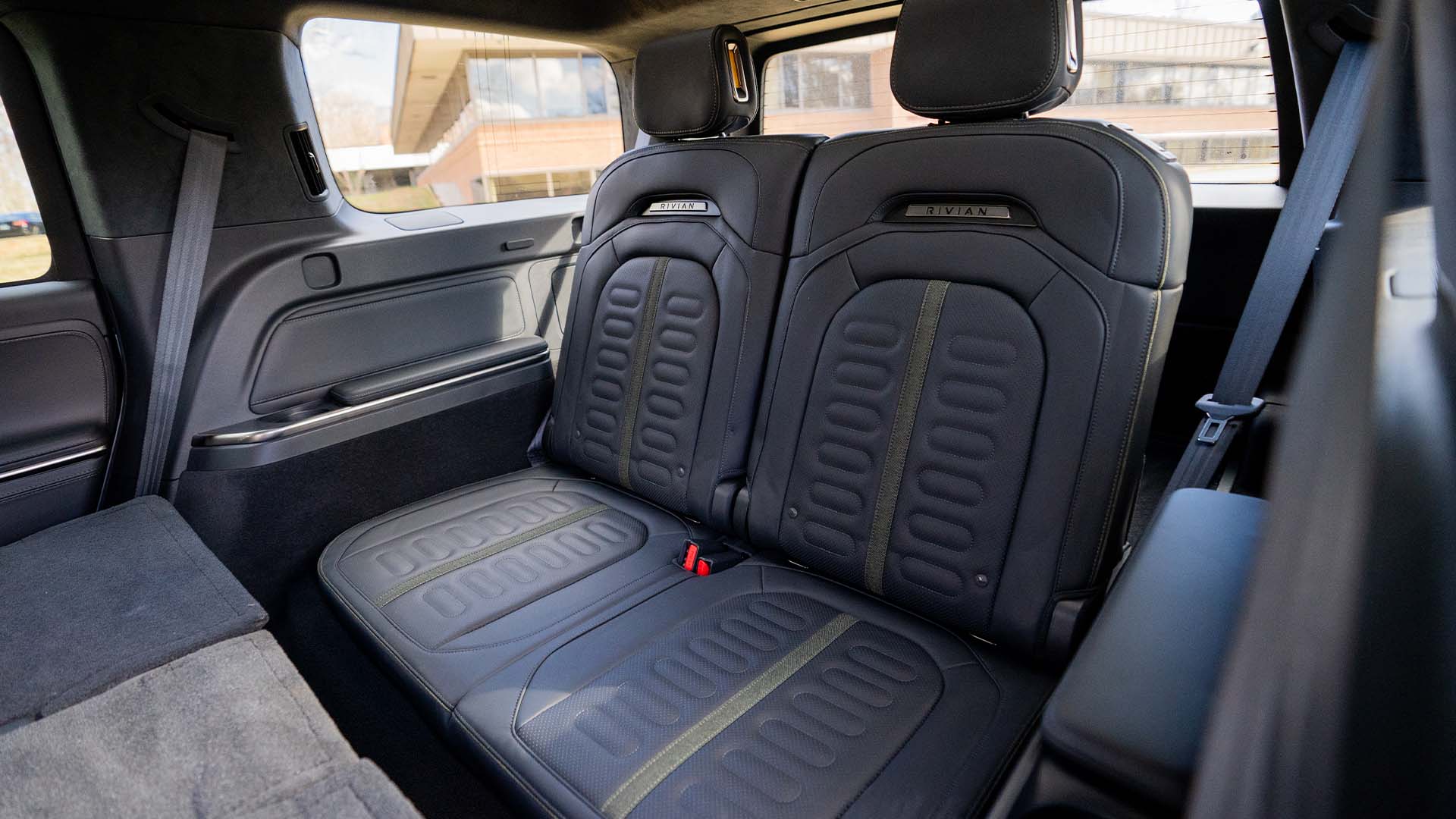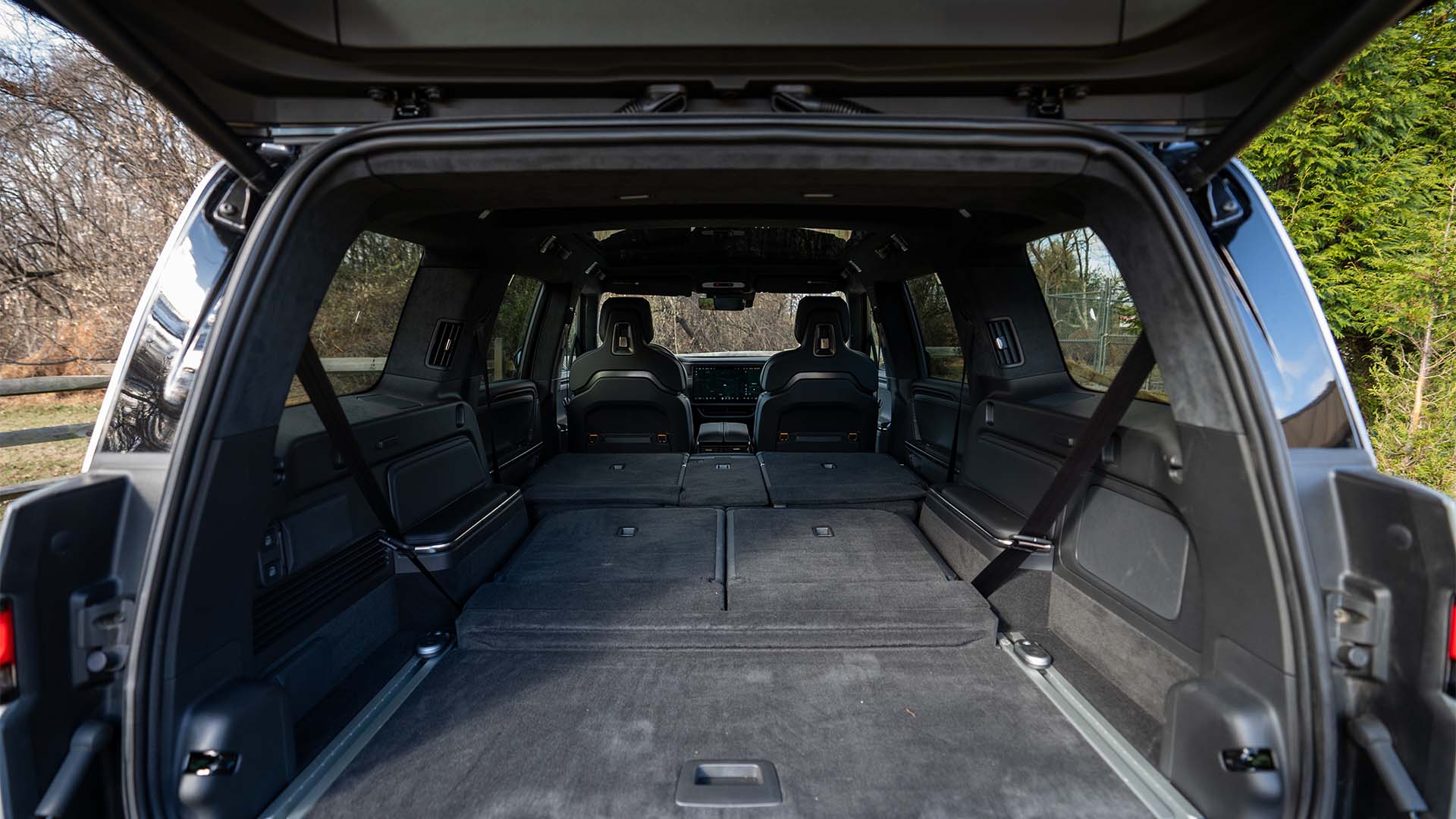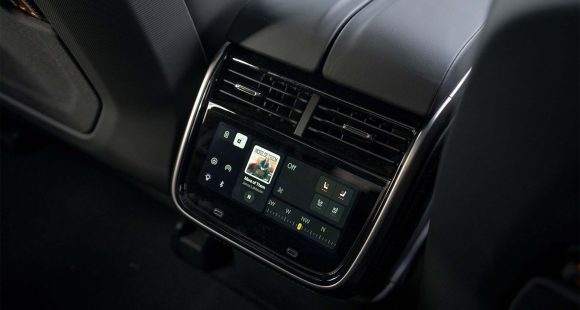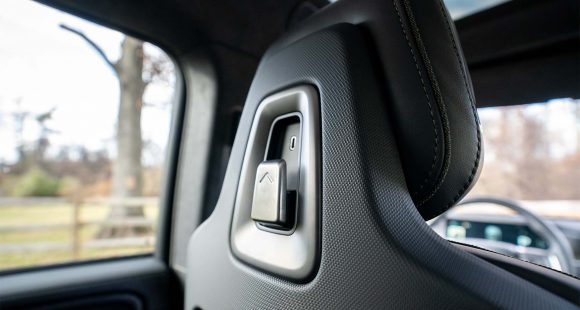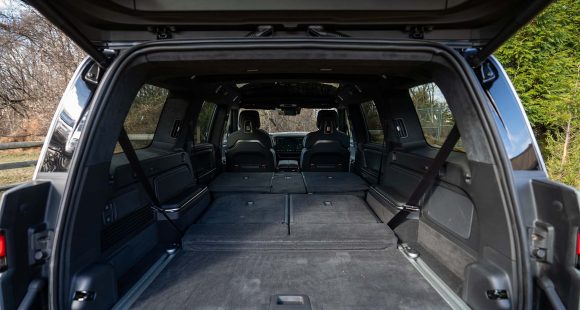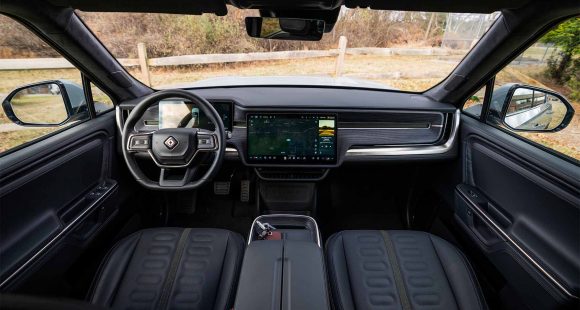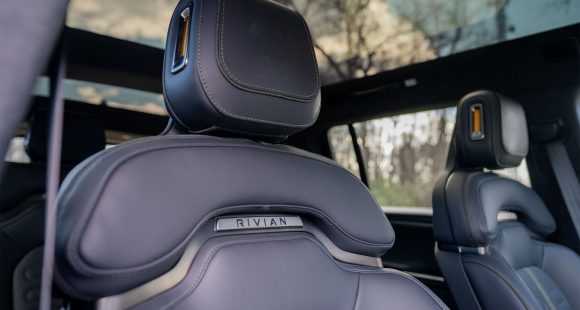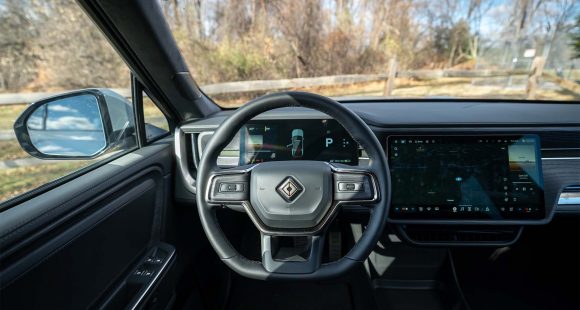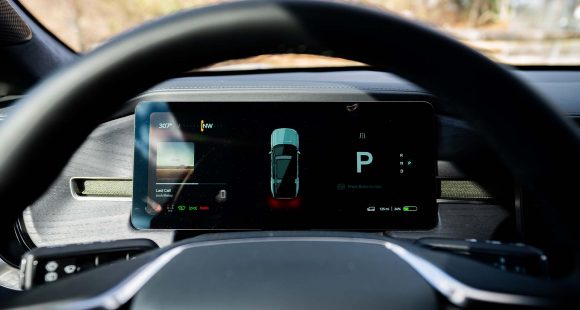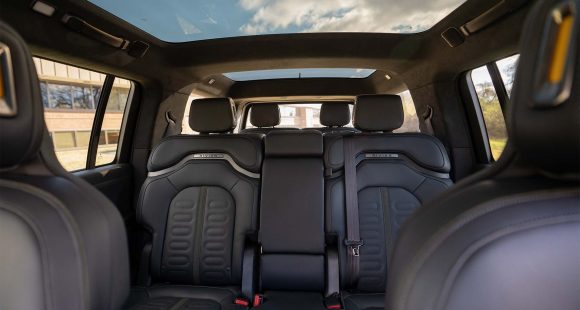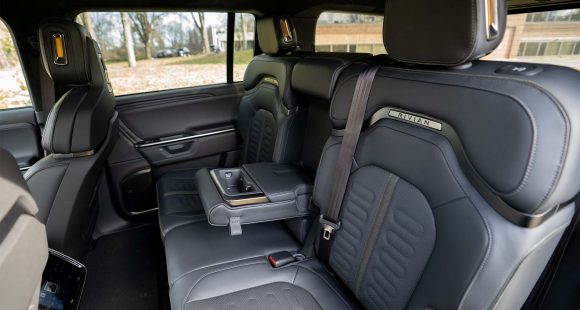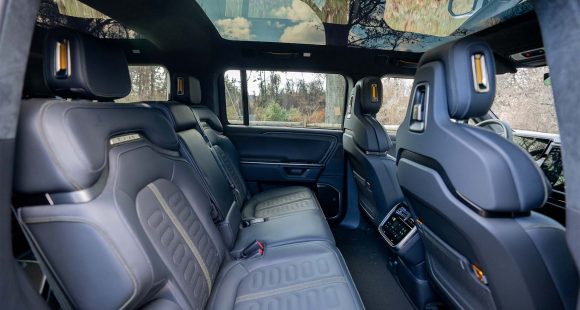2012 Fisker Karma
As we make our way to an electric-powered driving future, there are many different methods for getting us there - from hybrids, to plug-ins, to even a few full-electrics. And, while most of us are familiar with the concept of karma, most people are not familiar with the Fisker Karma. The Fisker Karma is the world’s first EV luxury sports sedan with extended range. And, as they say, what goes around comes around; so let’s find out what comes from our first go-round.
So what exactly does it mean to be the world’s first EV luxury sport sedan with extended range? Well, for the 2012 Fisker Karma it means driving up to 50 miles on electric power alone, before shifting to gas power, which comes from a turbocharged inline-4, increasing your range to up to 300-miles; but as always, your results may vary. More on that later.
The drive system is similar to Chevrolet’s Volt, but one-ups it by sending power to the rear wheels, and allowing drivers to manually select all-electric or hybrid-electric drive. And the Karma “ups” just about every other car when in comes to style, as the look is far more “sport-luxury” than “eco” with smooth lines wrapping around standard 22-inch wheels and an aluminum space frame.
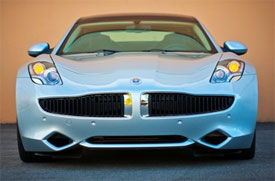 Sheet “metal” is actually a mix of aluminum and composite body panels, and the sleek roof is comprised of a solar panel that not only looks cool, but sends power directly to the batteries to aid in charging. Those batteries are located in the central “spine” of the car, and are mounted as low as possible.
Sheet “metal” is actually a mix of aluminum and composite body panels, and the sleek roof is comprised of a solar panel that not only looks cool, but sends power directly to the batteries to aid in charging. Those batteries are located in the central “spine” of the car, and are mounted as low as possible.
Exhaust tips sit just behind the front wheels, expelling spent gas from the GM Ecotec 2.0-liter turbocharged I4 engine. It sends its 260-horsepower through a Rear Differential Module and two rear-mounted electric traction motors, so there’s no direct engine connection to the wheels. There’s also no traditional transmission, but drivers can choose whether to run in EV “Stealth” mode or full-power “Sport” mode with steering wheel mounted paddles.
All combined, the system puts out 403-horsepower and almost 1,000 pound feet of torque, and that’s where the “sport” part of the equation comes in. There’s instant throttle response when the battery is full, and the Karma zips to 60 in 6.3-seconds. But even when the battery is drained and you’re running on just engine, it’s still very impressive; top speed is 125 miles-per-hour. Batteries are lithium-ion and have been a problem, causing a Karma to stop dead while being tested by Consumer Reports. All 2500 Karmas on the road will get new battery packs under warranty. That battery pack pushes curb weight to a hefty 5,300 pounds, and that calls for serious brakes. Fortunately, the standard Brembo’s are up to the task and include regenerative braking.
 The power-train might be all about the environment, but the interior environment is all about high-tech, yet it remains clean and simple. Unique items include the funky push button drive selector and a 10-inch Fisker Command Center touch-screen that manages just about every interior function. Gauges are designed with both an eye towards high-end time pieces and classic sports car dials. Real wood trim is used throughout - all certified reclaimed as sunken, fallen, or rescued. Rear seat passengers get big bucket seats with a substantial center console between them. And there’s a real, but small trunk with 6.9 cubic-feet of space.
The power-train might be all about the environment, but the interior environment is all about high-tech, yet it remains clean and simple. Unique items include the funky push button drive selector and a 10-inch Fisker Command Center touch-screen that manages just about every interior function. Gauges are designed with both an eye towards high-end time pieces and classic sports car dials. Real wood trim is used throughout - all certified reclaimed as sunken, fallen, or rescued. Rear seat passengers get big bucket seats with a substantial center console between them. And there’s a real, but small trunk with 6.9 cubic-feet of space.
The driving experience of the Karma is unique, but not foreign. There is a distinct hum from the power-train when in Stealth mode. The gas-engine kicks in fairly smoothly, but still noticeably. The suspension is a Short-Long Arm design with load-leveling monotube coil-overs and stabilizer bars, giving a surprisingly supple ride, even with the giant wheels. A 3.3 kWh battery charger is onboard and can charge the Karma on household 120 or 240-volt circuit, taking as little as 6-hours.
As for the Government Fuel Economy Ratings, they didn’t come out quite as good as Fisker had wished. The MPG equivalent is 52 miles-per-gallon combined in electric mode and 20 miles-per-gallon from the gasoline engine. The EPA also estimates only 32-miles of electric only range. The Chevrolet Volt is rated higher.
As for more shocking numbers, Karma pricing begins at a lofty $96,850 for the EcoStandard, the mid-level EcoSport comes in at $104,580, while the top level EcoChic tips the scales at $109,850. But then, early adopters always pay a price penalty.
The 2012 Fisker Karma is certainly one beautiful ride, and we’d probably buy it based on looks alone; but we think it is also a very significant vehicle. It has taken a premium-step up in the auto industry’s slow climb towards an electrified future, and done it without looking or acting like an “eco-mobile.” So, come for the styling, stay for the progress, and enjoy the ride.
Specifications
- Engine: 2.0-liter turbocharged I4
- Horsepower: 260
- 0-60 mph: 6.3 seconds
- EPA: 32 mpg electric/ 20 mpg gasoline
2025 Rivian R1S
Major Reboot for Rivian R1S
With just about every mainstream carmaker now onboard with battery-electric vehicles, EV-only brands are hoping there are still plenty of people out there willing to think outside the box. So, let’s see if Rivians latest R1S utility can make the case for taking the EV road less traveled.
Big changes have happened in the short time since the Rivian R1S first hit the streets three years ago. As for 2025, there are updates that touch just about every aspect of the vehicle. Yes, despite looking almost exactly the same outside, Rivian claims that beneath the surface, their entire electrical architecture has been significantly updated, eliminating a whopping mile and a half of wiring and 10 computer assemblies, allowing for more efficient operation.
But look closely and you will see their signature vertical oval headlights are updated with a new matrix of LED lights that can cycle individual elements on and off to provide maximum illumination where you need it without distracting oncoming drivers.
Not much change in the look of the interior either, but the synthetic leather upholstery is still very nicely done, though most touchpoints feel more rugged than luxury minded. With the exception of a couple controls on the steering wheel, you do still have to do almost everything on the R1S’s 15.6-inch touchscreen, but the user interface has been improved. So, while we do wish they could have reverse-engineered a knob or two into the mix, we realize full touchscreen interface is just what people expect in their high-end EVs these days, and at least it works better than before. And the gauge display still wows you with the amount of information it displays and is mounted high enough that no additional head-up display is needed. A new Rivian Autonomy Platform uses 11 cameras, five radars and A.I. for self-driving, or just to monitor what’s going on around the vehicle even when it’s parked.
This [EV] really feels fast, sitting you up high and throwing you back in your seat with authority.
Rivian has also given the R1S a substantial suspension revision with new spring rates, bushings, and mounts; along with new tuning for the adaptive dampers and roll-mitigation system. It does provide a more balanced street attitude, but it still rides like a truck. That’s great if that’s the experience you’re looking for; not as ideal if you’re looking for more of the smooth luxury-style treatment.
All R1Ss are all-wheel drive, but there’s a wide variety of powertrain options including a new Tri-Motor setup. Outputs range from the standard Dual-Motor’s 533 horsepower to the Quad-Motor’s impressive 1,025. There are several battery packs as well, delivering as much as 410 miles of range, giving the R1S the highest rating of any SUV on the market right now. Our Adventure trimmed tester featured the 665-horsepower Performance version of the Dual-Motor arrangement, with the Max battery and 20-inch wheels with all-terrain tires.
Theoretically, that setup is rated for 370 miles, but perhaps we were enjoying the “performance” theme too much as our results were well short of that, using 68% of the battery to drive only 189 miles, putting our estimated range around 278 miles. Using 43 kilowatts of electricity for every 100 miles earns the R1S a fair efficiency rating.
But all was forgiven at our Mason Dixon test track when this Rivian started blasting us to 60 in 3.8 seconds. Yes, there are faster EVs, but this one really feels fast, sitting you up high and throwing you back in your seat with authority, while the rear of the truck squats down substantially before hurling you off the line and down the track. Power delivery stayed strong the entire time, cranking away until we cleared the quarter-mile in 10.5 seconds at 108 mph.
Despite this utility’s substantial size and weight, we were able to keep a pretty fast pace through the cones of our handling course. The all-terrain tires obviously didn’t grip the pavement as well as all-seasons would, but the low center of gravity kept things very flat. Yes, it does feel very heavy, but the brakes were more than up to the task, stopping us from 60 mph in a very short 103 feet with surprisingly little nosedive and no fade.
Pricing starts at $77,700 for the Dual-Motor with Standard battery pack; our Dual-Motor Performance with the Max battery and All-Terrain Package came in just over $102,000.
While Rivian has had great initial success; sustaining that success will be a much tougher task. But, if they continue to put as much effort into improving their products as they have here with the 2025 R1S, we think their winning streak will only accelerate.
Specifications
As Tested
- Motor Setup: Dual Motor
- Battery Size: 141.5 kWh
- Horsepower: 665
- Torque: 829 lb-ft
- EPA Range: 370 miles
- 0-60 mph: 3.8 seconds
- 1/4 Mile: 10.5 seconds at 108 mph
- Braking, 60-0 (avg): 103 feet
- MW Test Loop: ~278 miles








